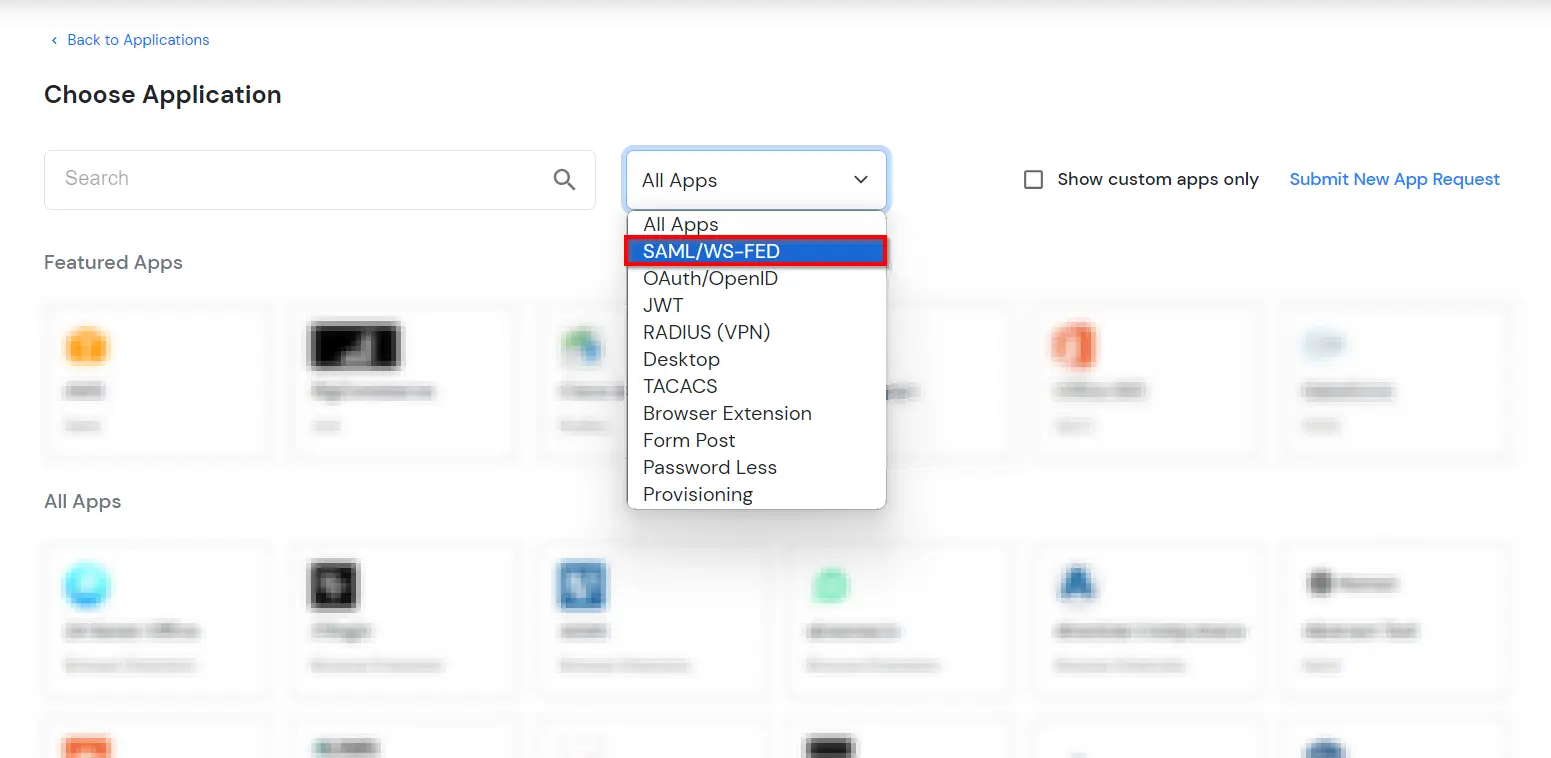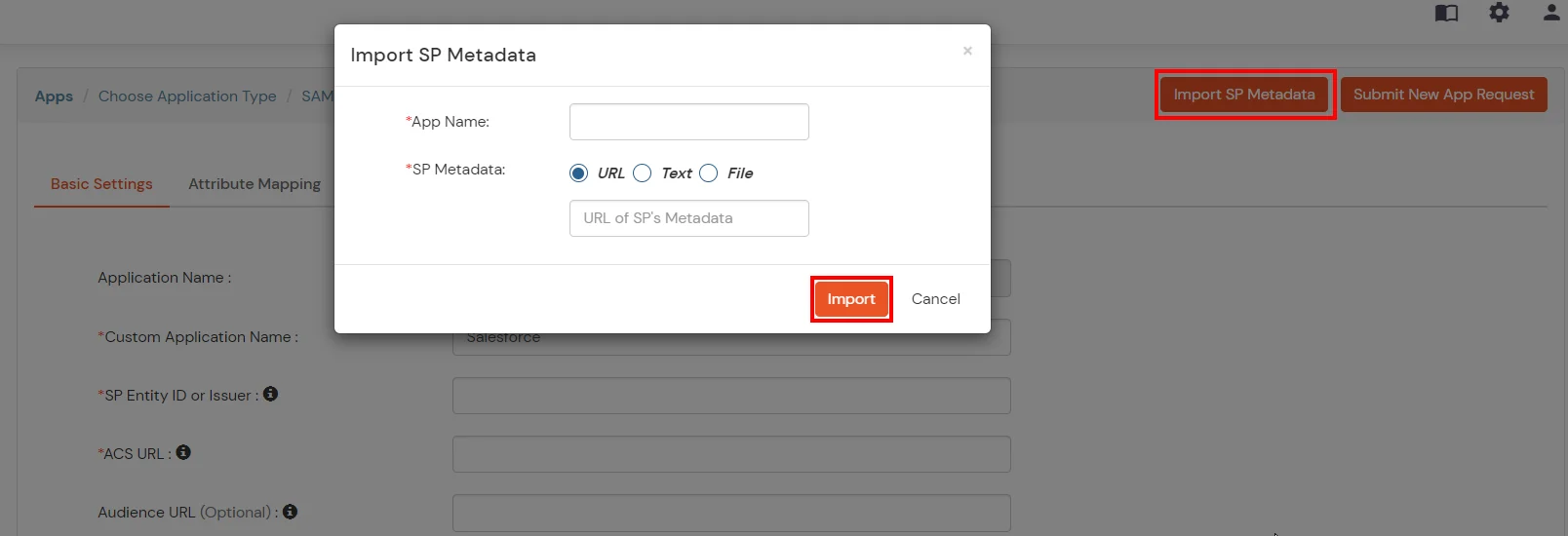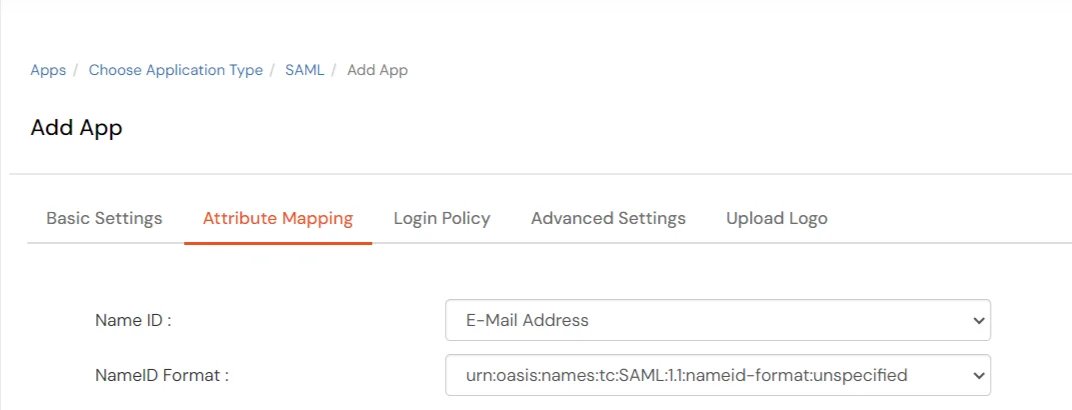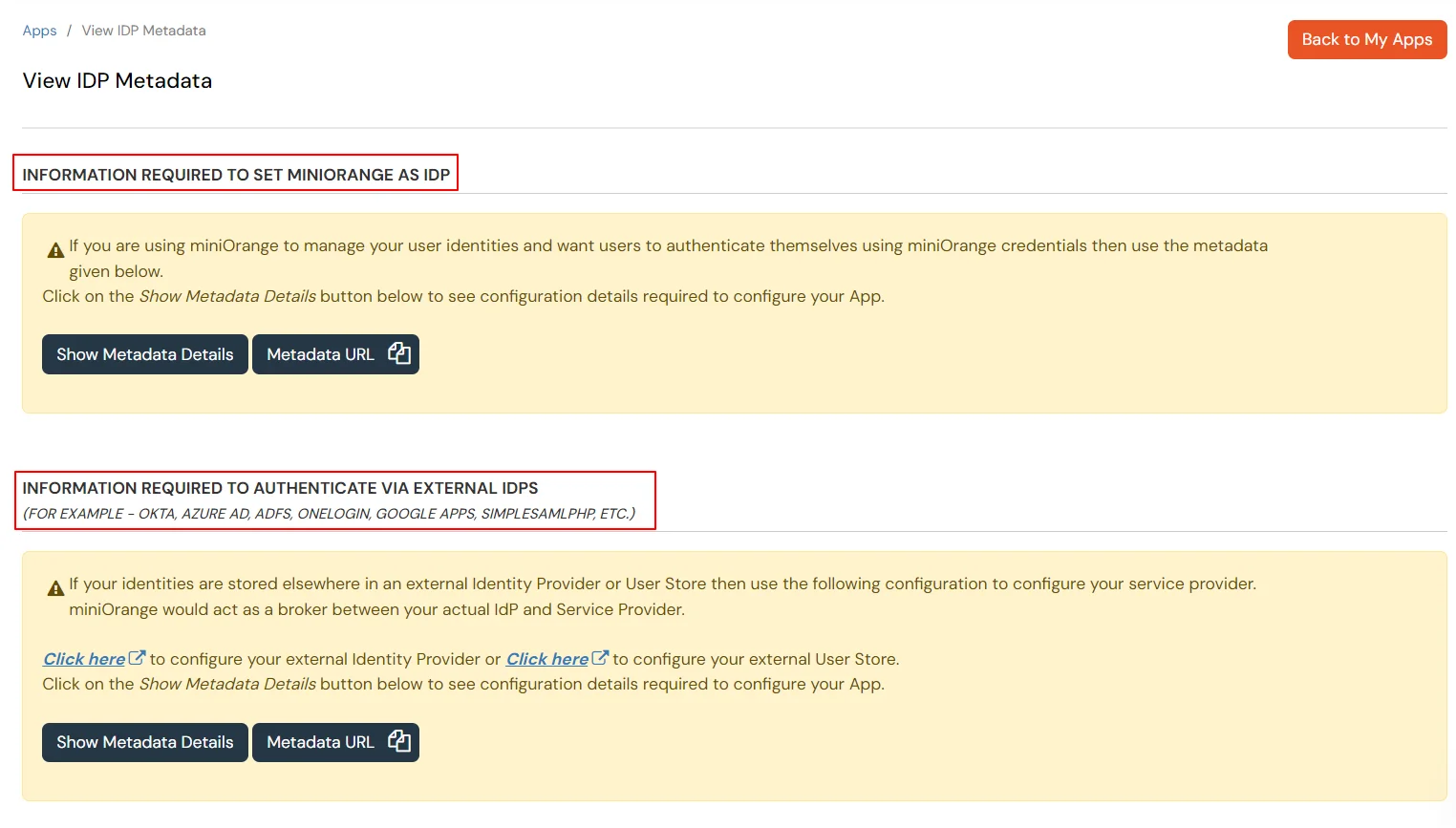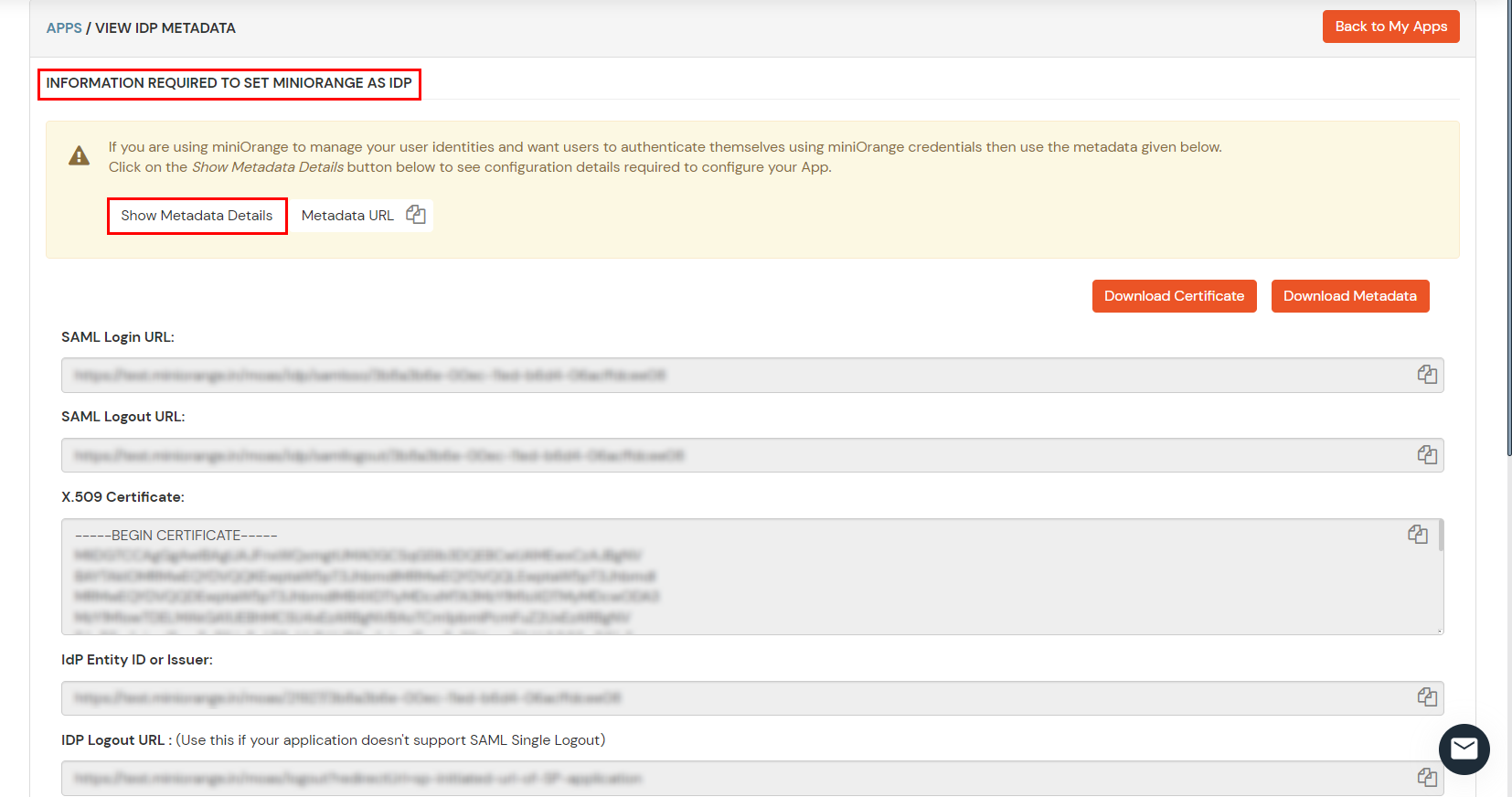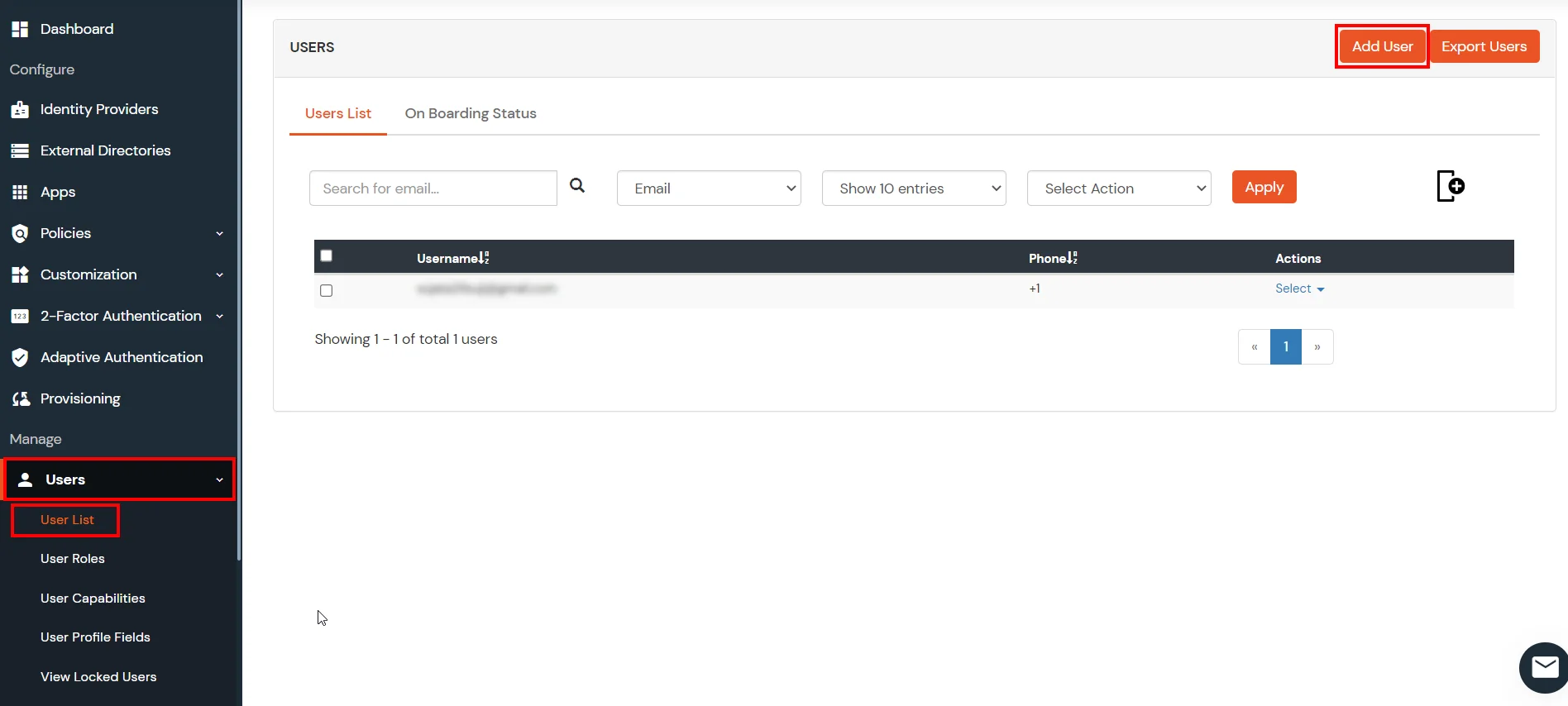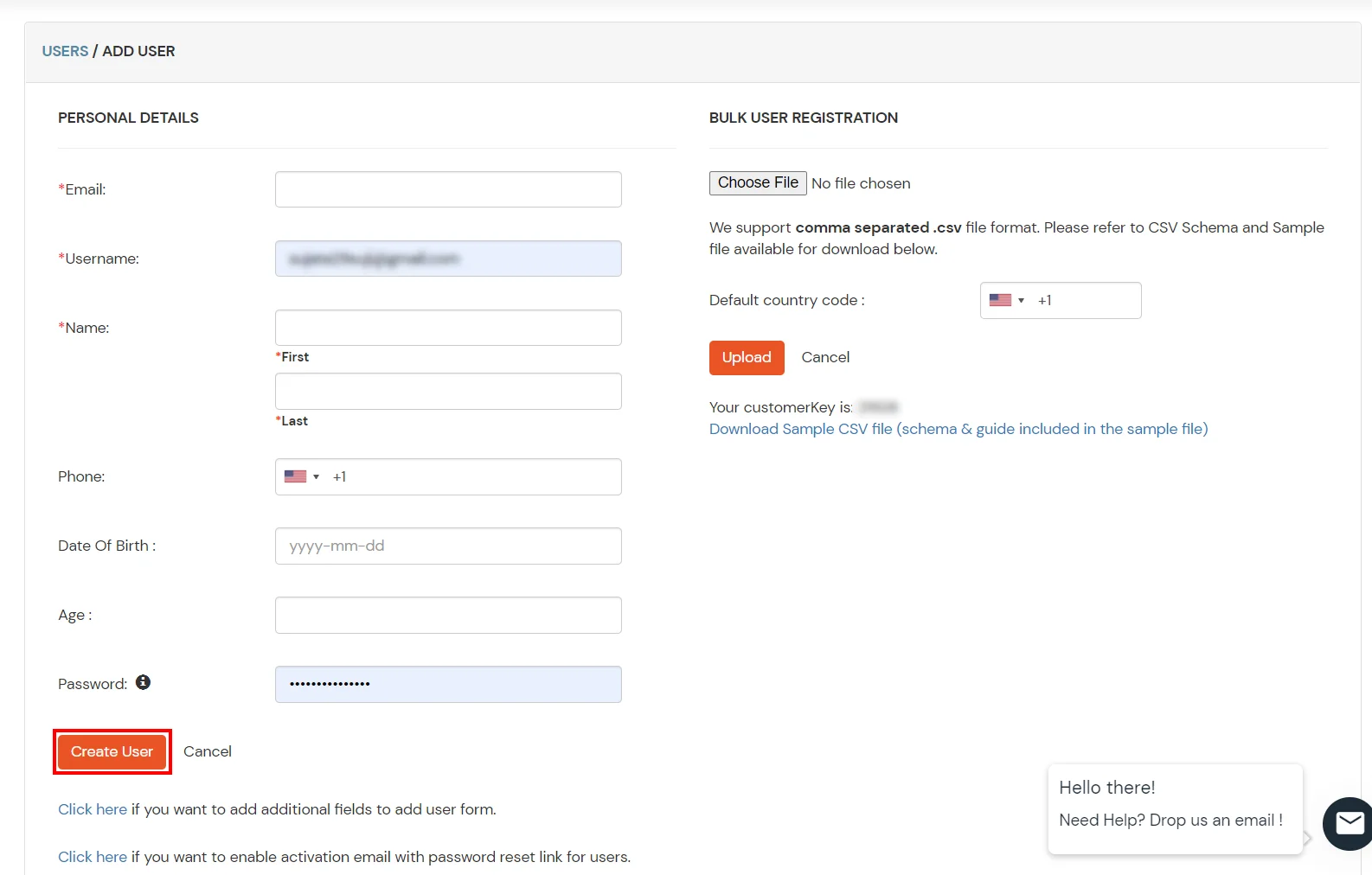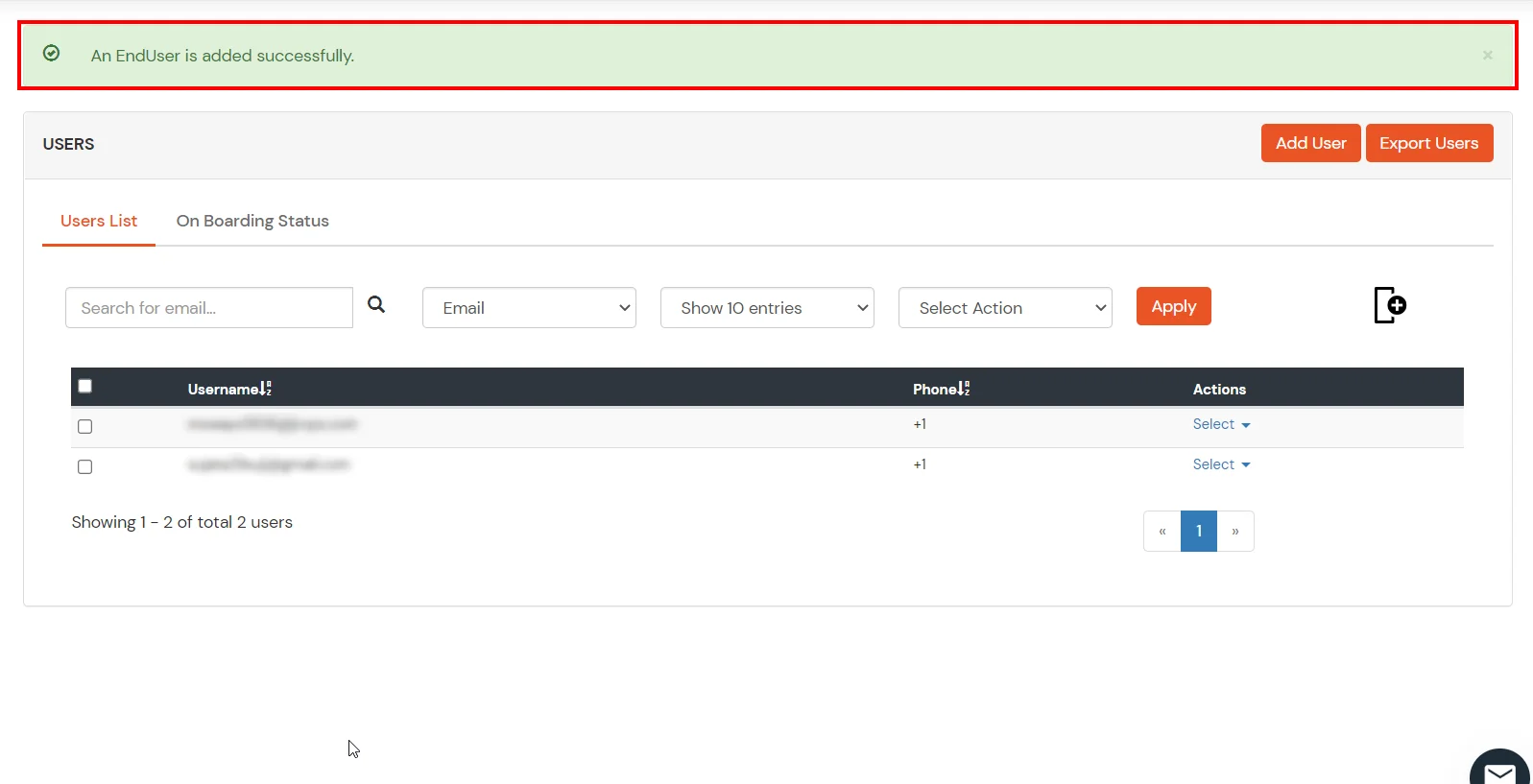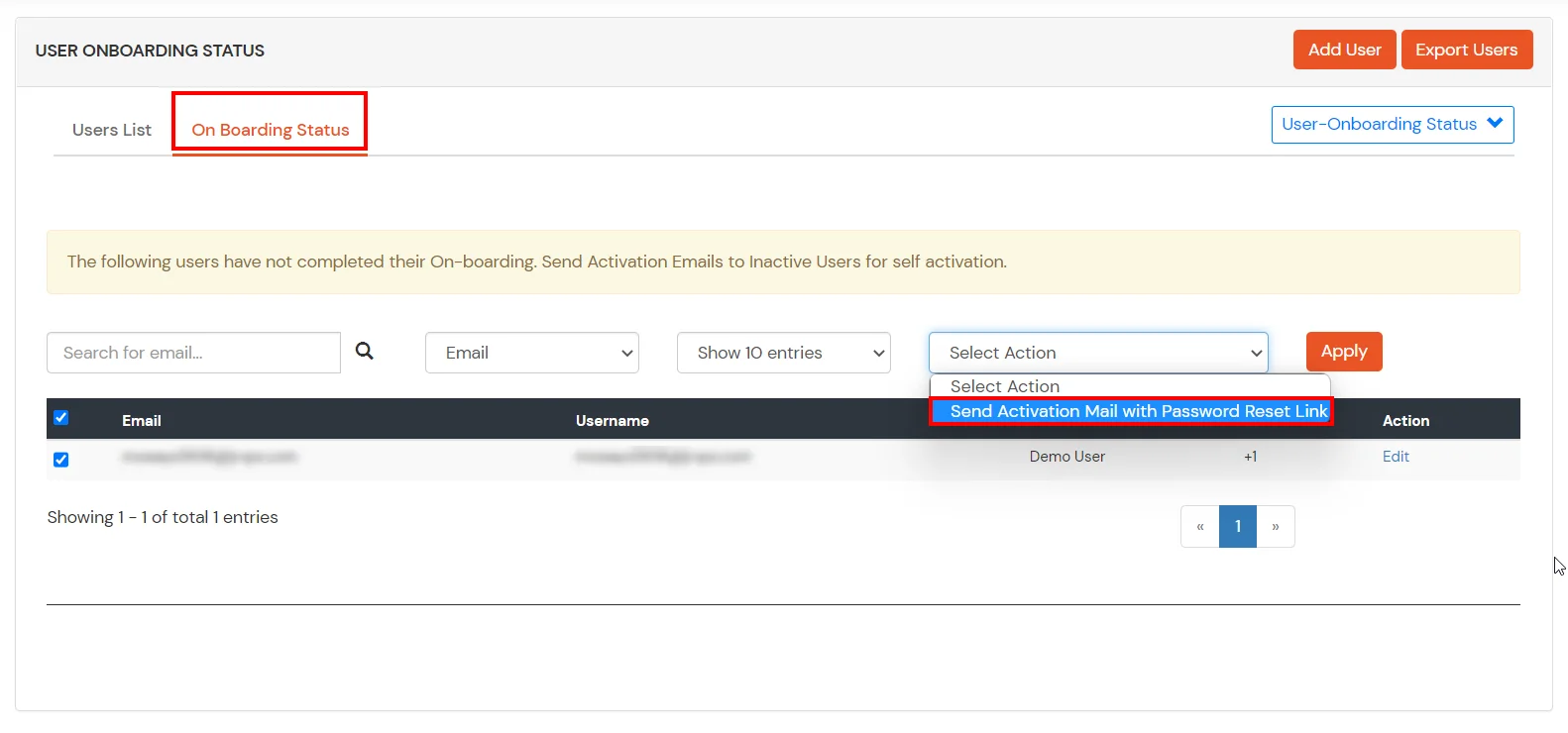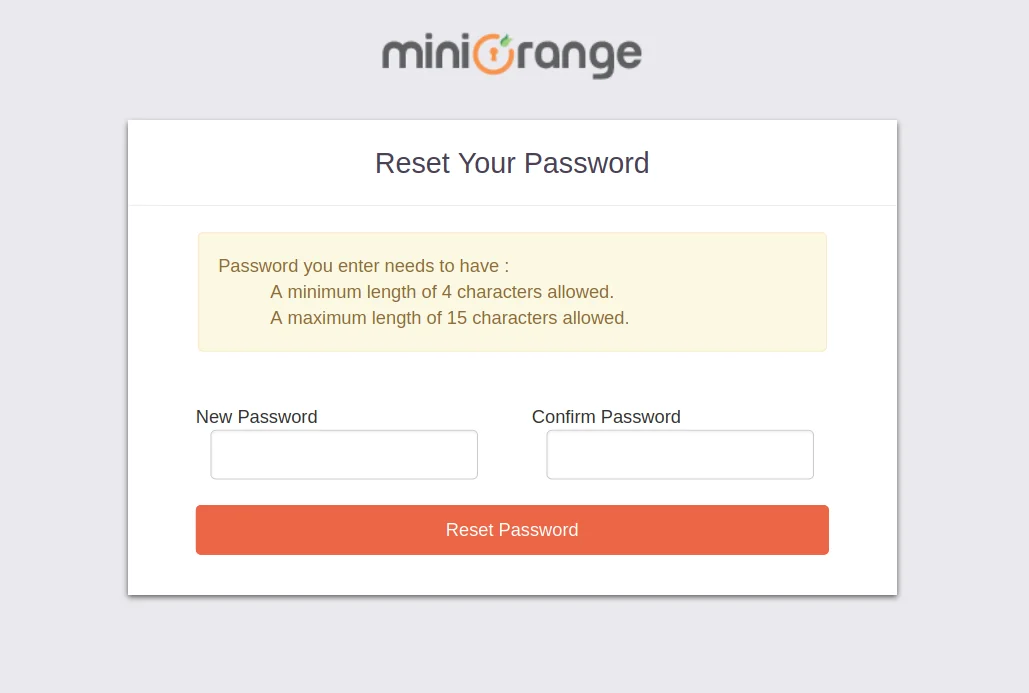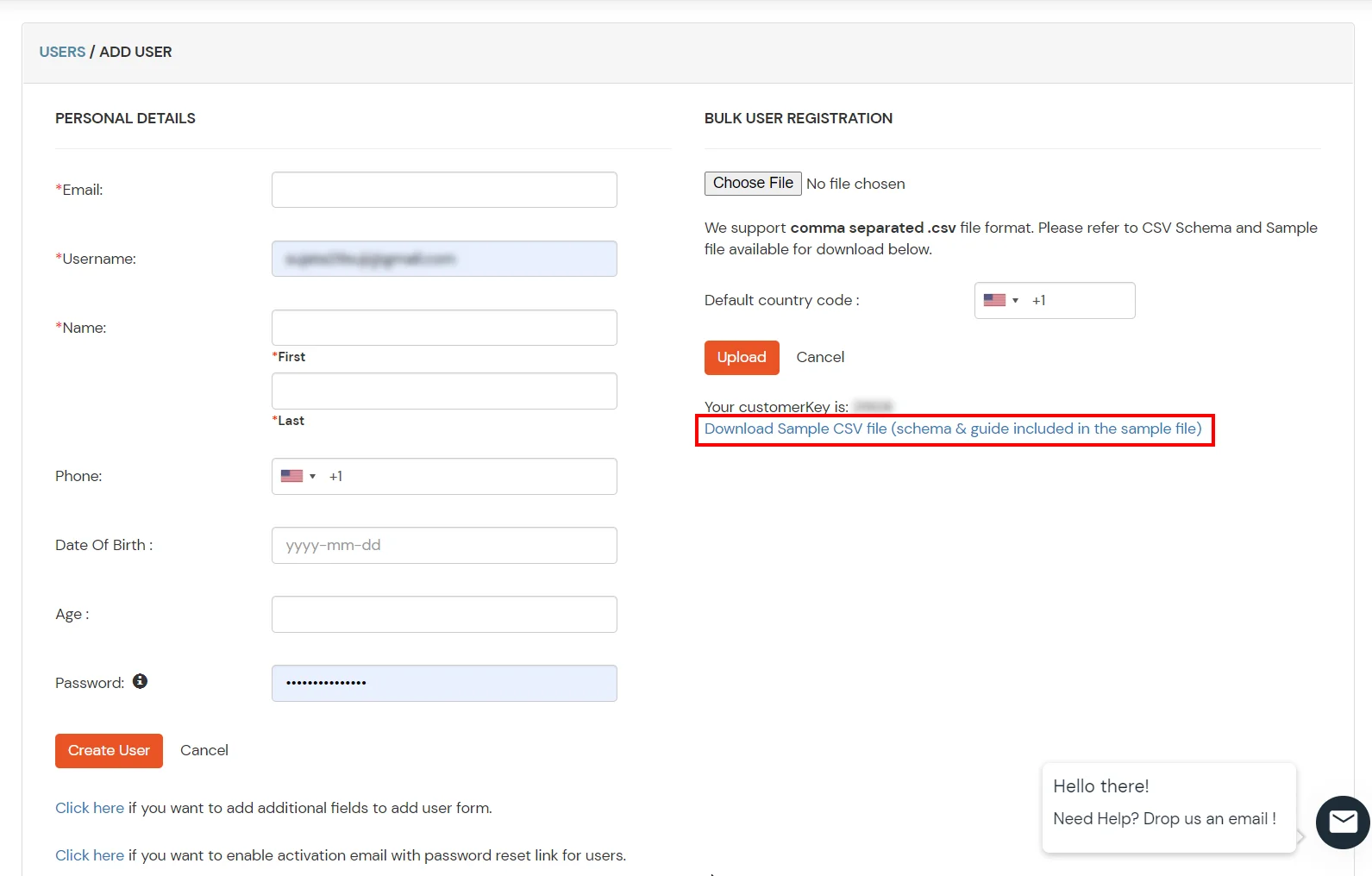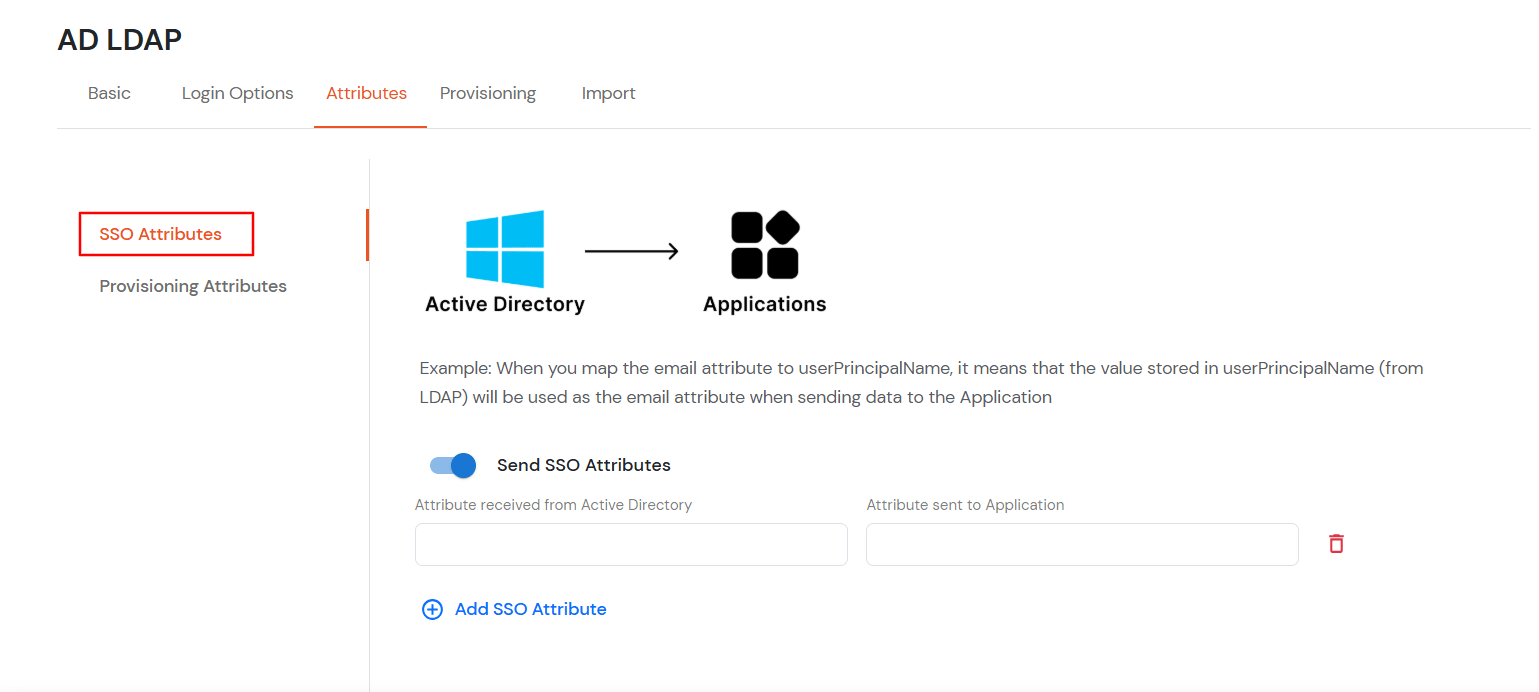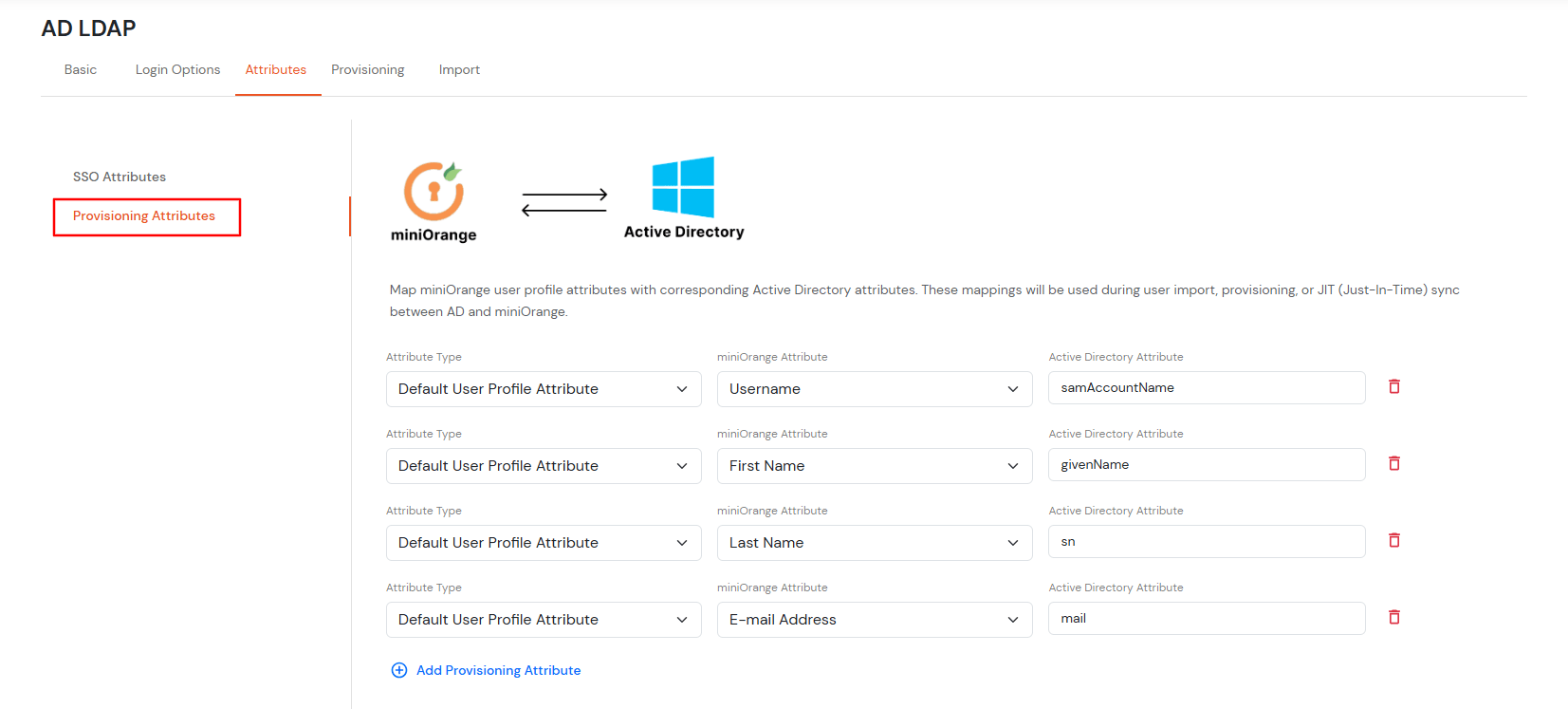Configure IP Address and Login Hours Restrictions in Salesforce
miniOrange allows you to control and manage access by Salesforce restriction on login IP ranges using policies to provide access, challenge the user with 2FA/MFA or deny access to the users based on trusted login IP Addresses or trusted login IP ranges.
- For the Salesforce trusted login IP access restriction to work, the Admin must create a policy specifying permitted login IP address range which allows the access to the application.
- miniOrange supports IP addresses range in three formats i.e. IPv4, IPv4 CIDR and IPv6 CIDR.
- To block the access, Admin must specify an action which needs to be performed when a user tries to login from a non trusted IP address (Such as Deny or Challenge the user with 2FA).
- Once the restriction policy is configured, it can be applied to any application’s login policy to enable login IP restriction for that application (Salesforce)
Connect with External Source of Users
miniOrange provides user authentication from various external sources, which can be Directories (like ADFS, Microsoft Active Directory, OpenLDAP, AWS etc), Identity Providers (like Microsoft Entra ID, Okta, AWS), and many more. You can configure your existing directory/user store or add users in miniOrange.
Prerequisite:
- Login to your Salesforce account.
- Click on the Setup icon in the top-right section of page.
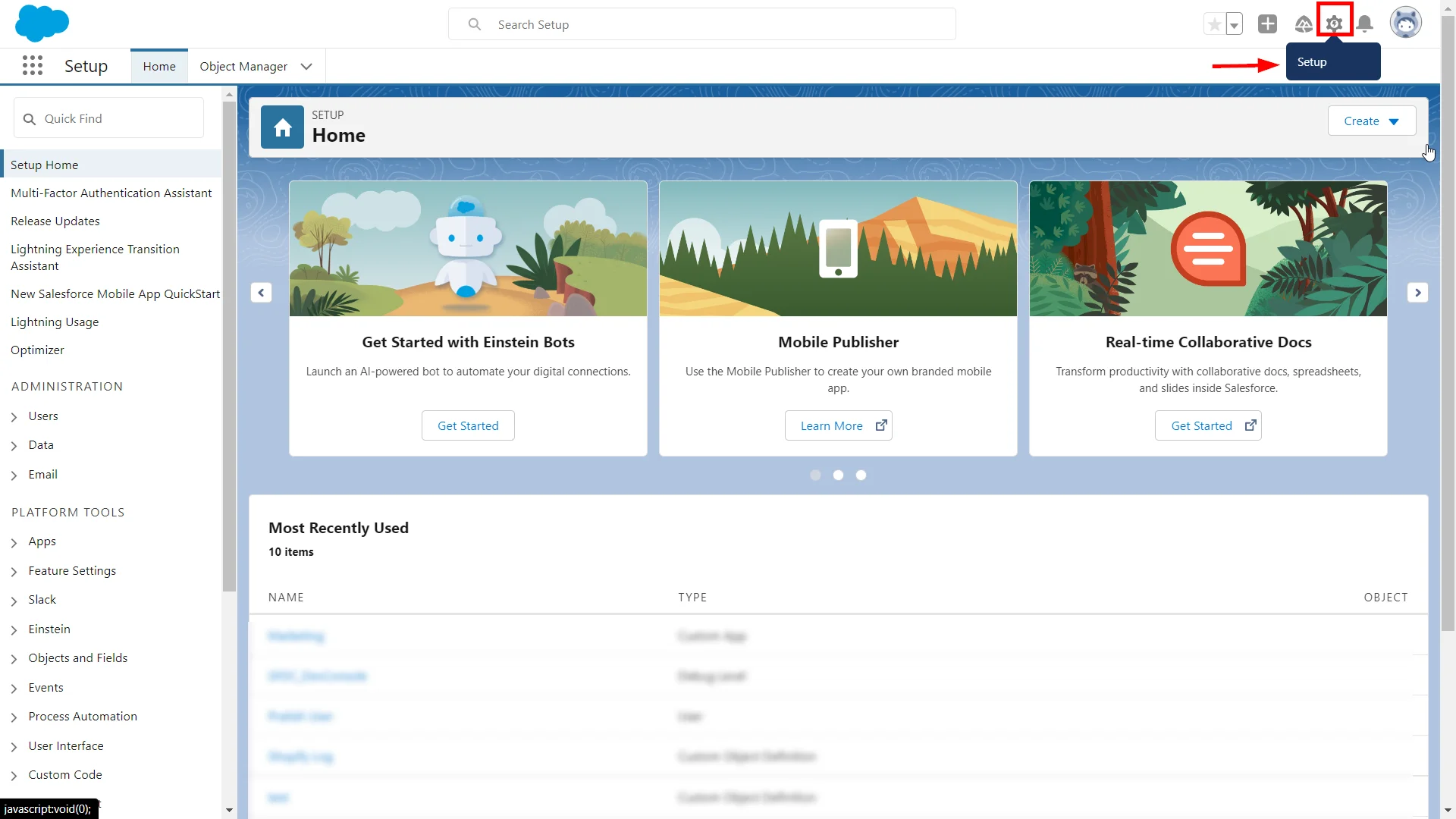
- Now in the search field, search for the My Domain Settings.
- Choose your domain name, check for availability and if available, proceed by saving the settings.
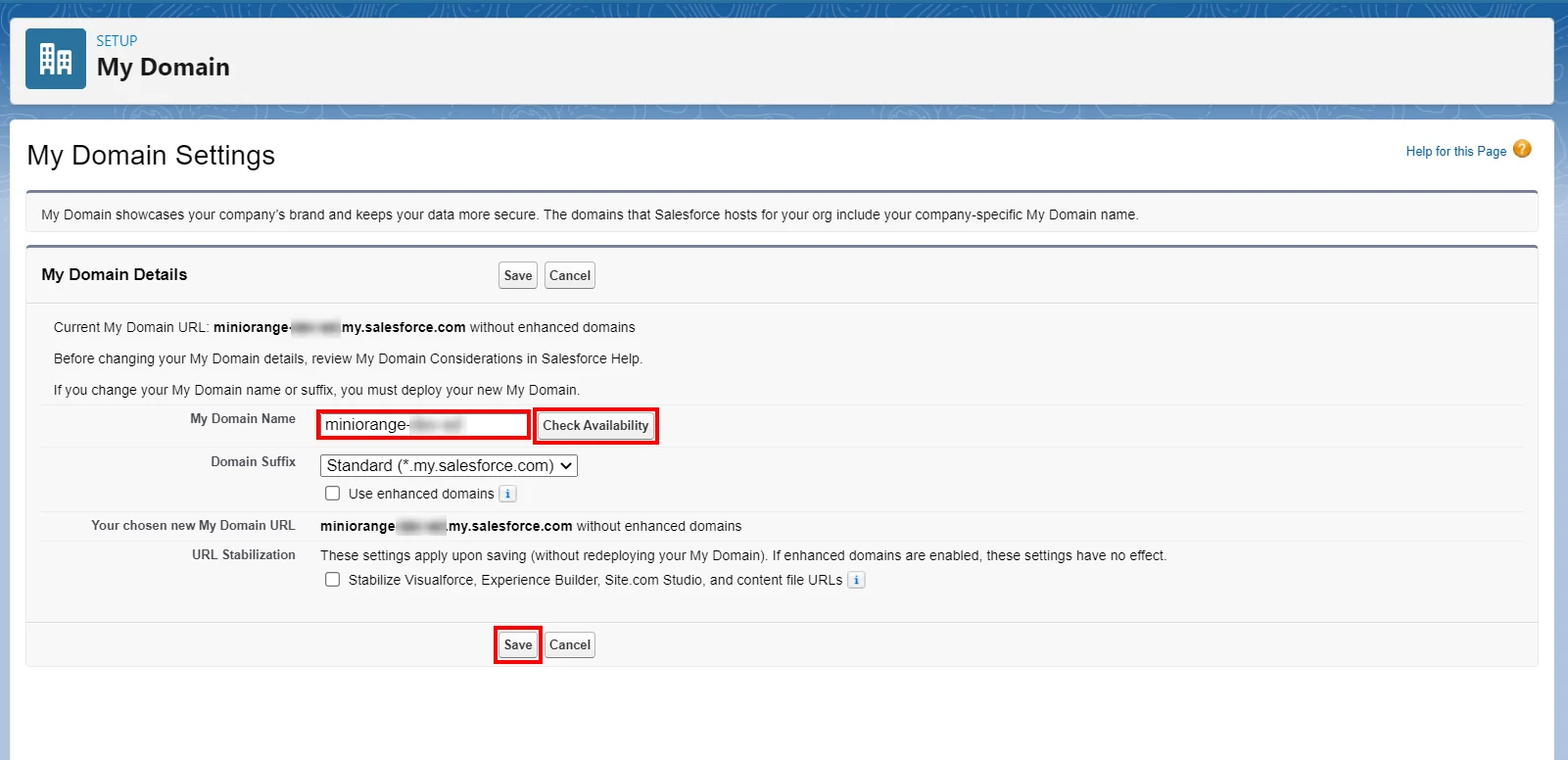
- Search for Company Information in the search bar.
- Copy the Organization Id. (This will be required later)
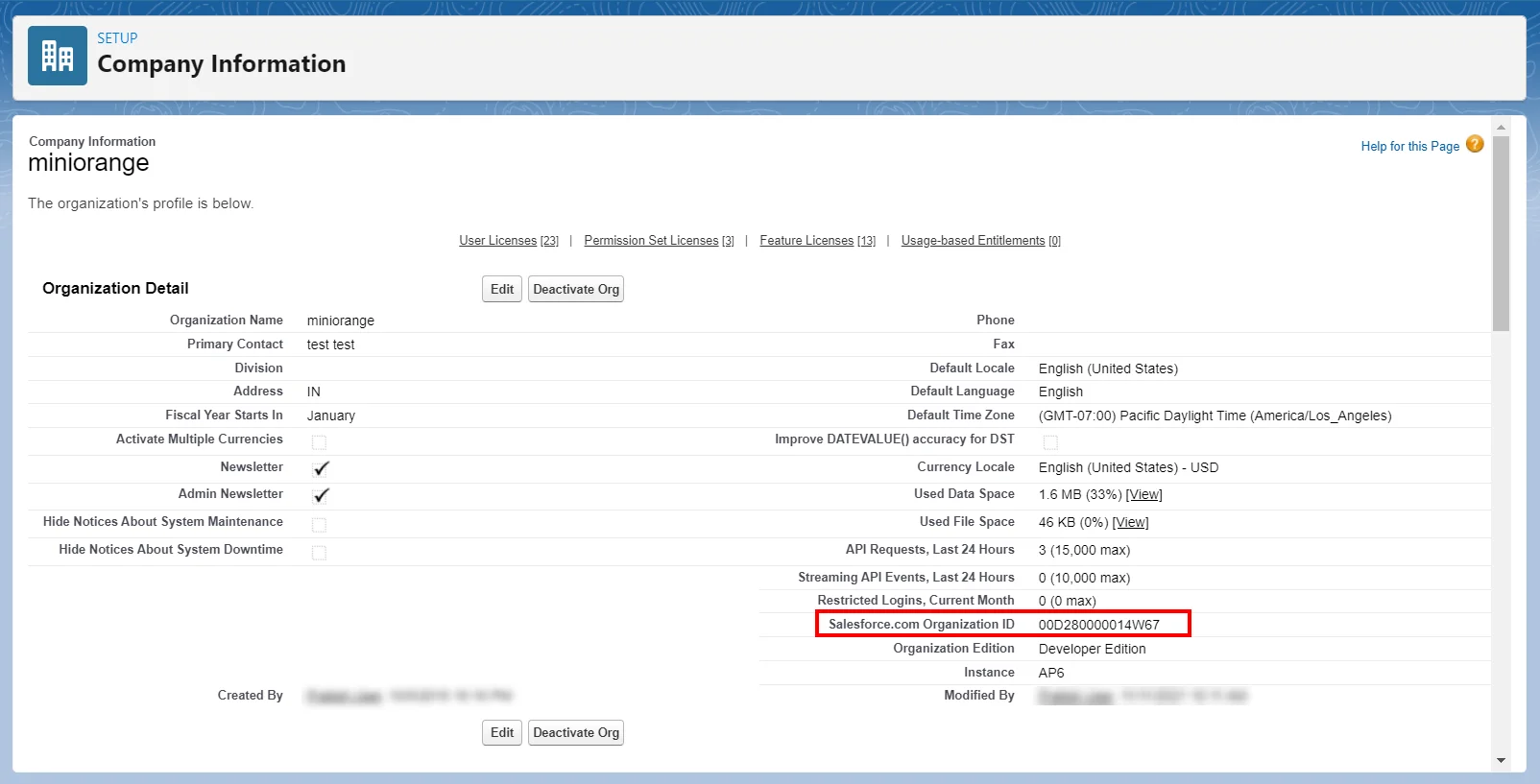
- Salesforce Metadata: After you have set up the SSO settings in Salesforce Admin Dashboard, you will get the Salesforce Metadata File. Click Download Metadata to download an XML file of your SAML configuration settings to send to your identity provider. The identity provider can then upload these configuration settings to connect to your Experience Cloud site.
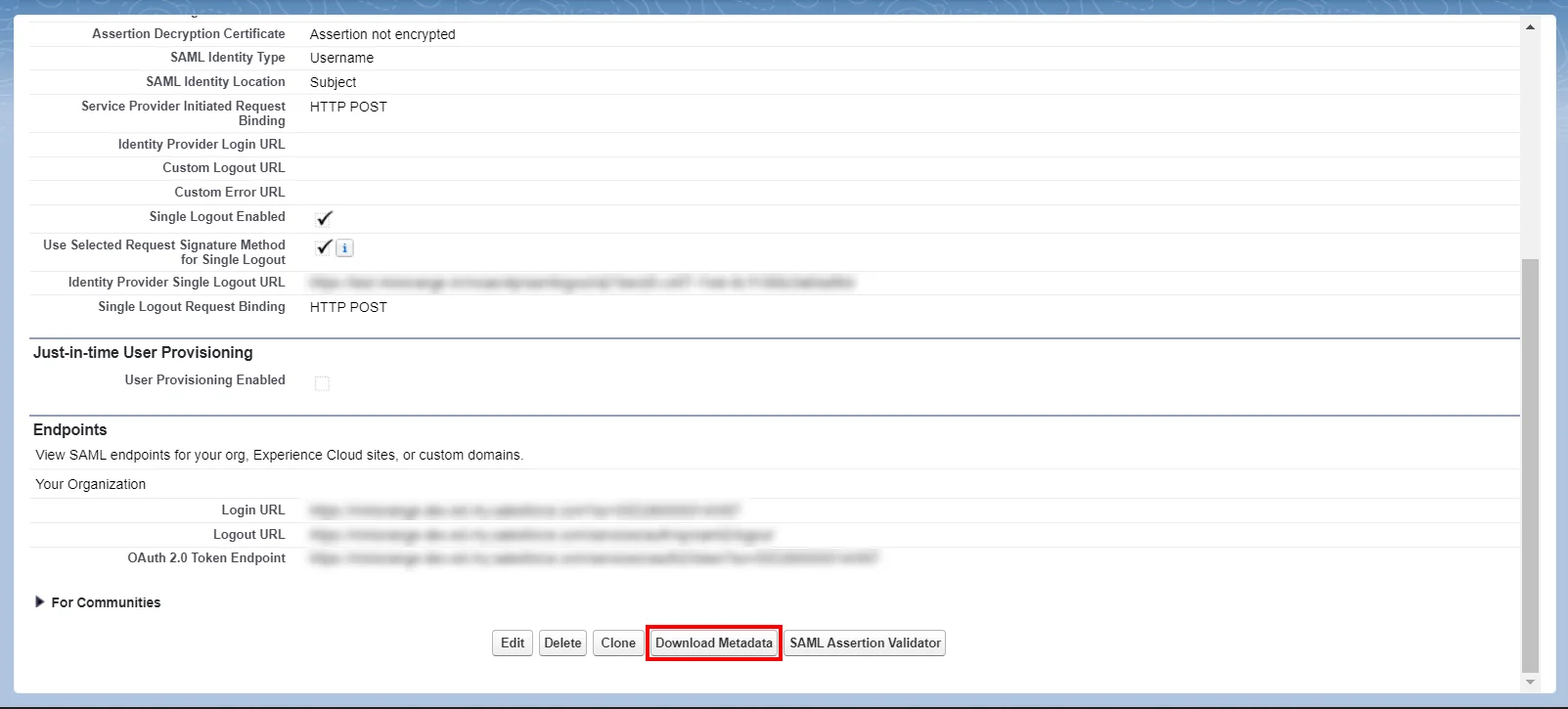
Follow the step-by-step guide given below for Salesforce IP restriction
1. Configure Salesforce in miniOrange
2. Configure SAML Single Sign-On in Salesforce
- Go back to your Salesforce account.
- Now in the left pane, go to Identity >> Single Sign-On Settings or you can search for the Single Sign-On Settings in the Search box.
- Click Edit.
- To view the SAML SSO settings, select SAML Enabled.
- Save your changes.
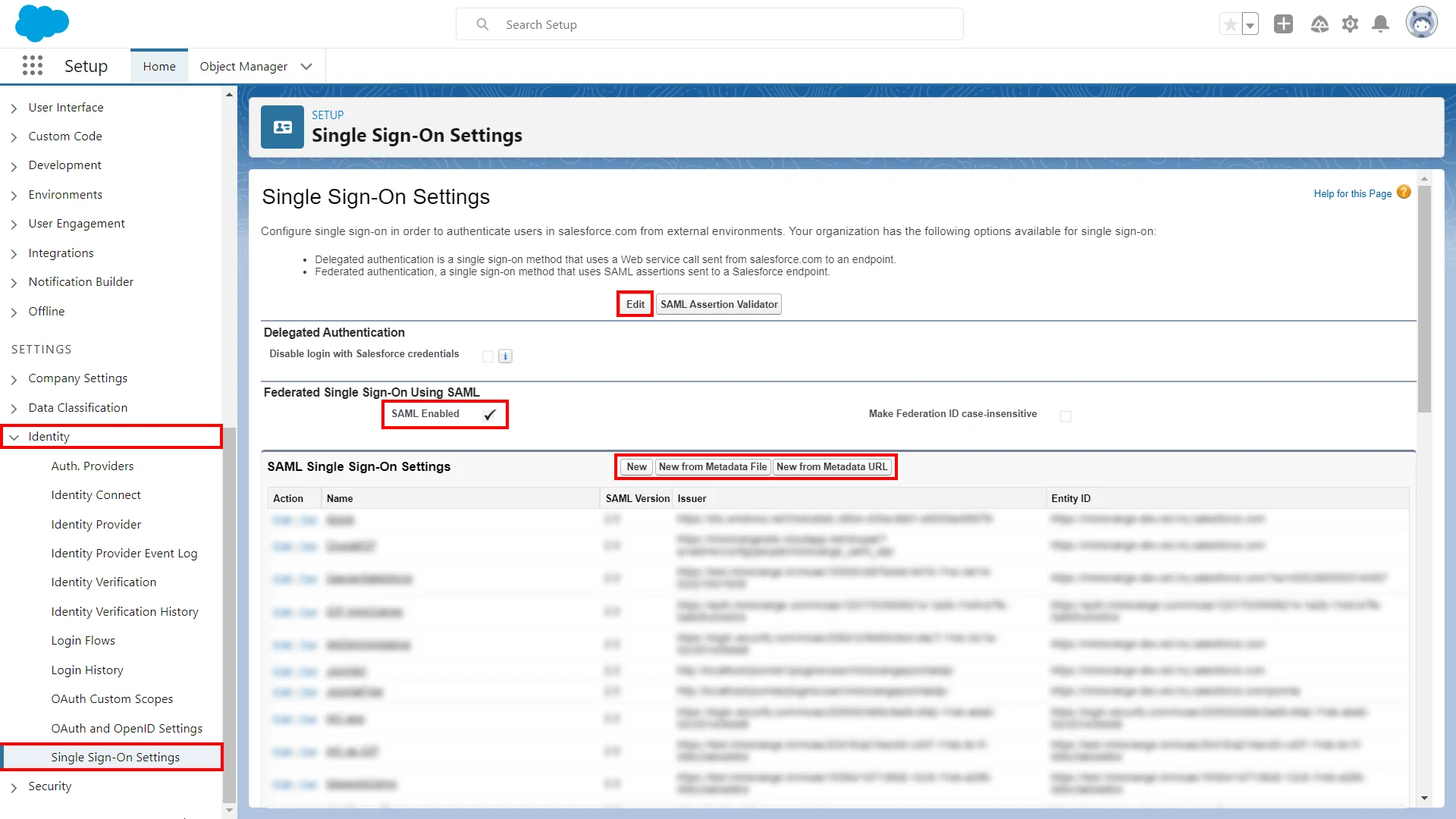
- In SAML Single Sign-On Settings, click any of the appropriate button to create a configuration:
- New: Specify all settings manually.
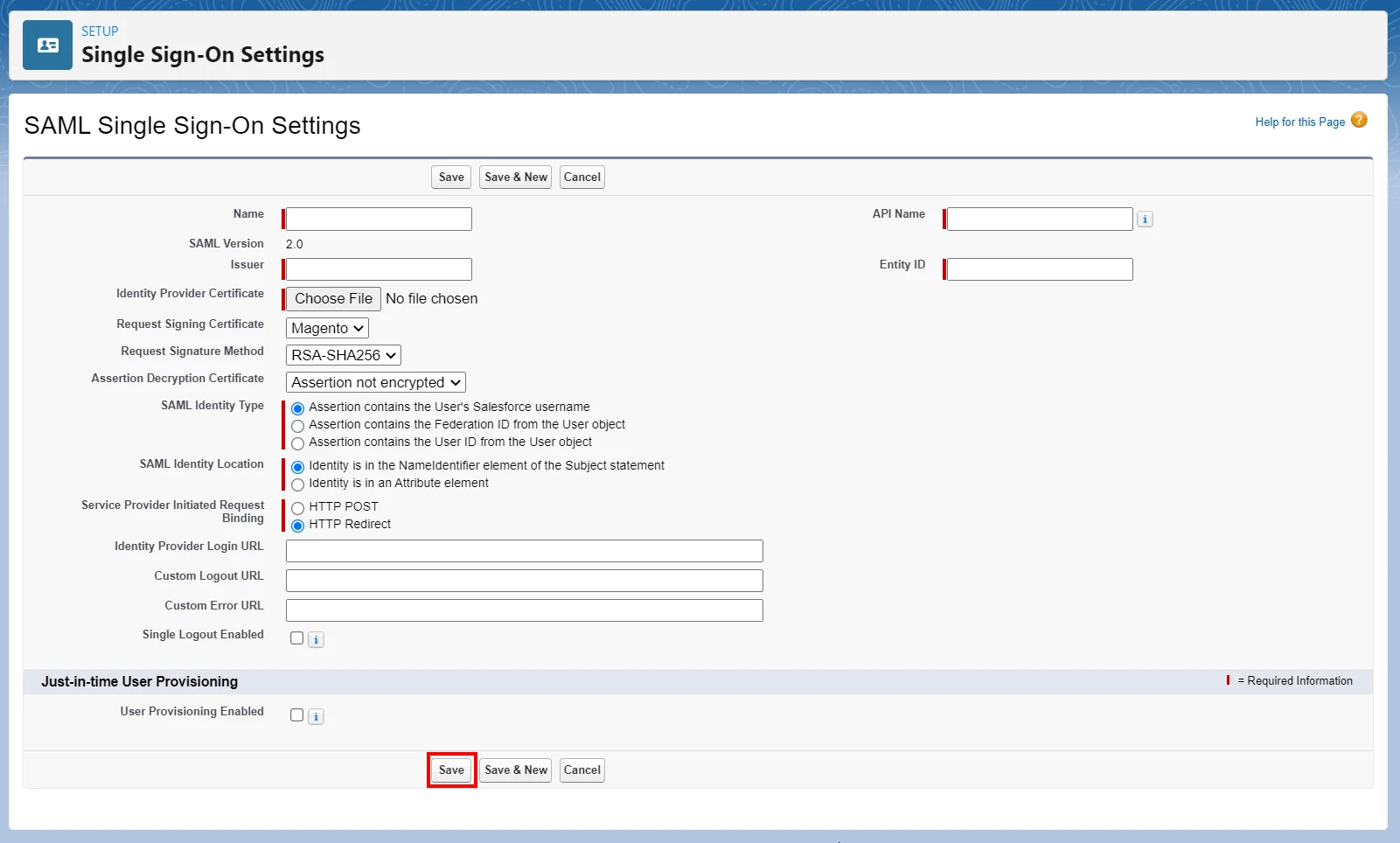
| Issuer |
IDP Entity ID/Issuer in miniOrange metadata |
| Entity ID |
https://[yourdomain].my.salesforce.com |
| Identity Provider Certificate |
Upload Certificate from miniOrange metadata |
| Request Signature method |
RSA-SHA256 |
| Assertion Decryption Certificate |
Not encrypted |
| *SAML Identity Type |
Assertion contains the User's Salesforce username |
| *SAML Identity Location |
Identity is in the NameIdentifier element of the Subject statement |
| *Service Provider Initiated Request Binding |
HTTP Redirect |
| Identity Provider Login URL |
SAML Login URL in miniOrange metadata |
| Custom Logout URL |
https://[yourdomain].my.salesforce.com |
- New from Metadata File: Import SAML 2.0 settings from an XML file provided by miniOrange. This option uses the XML file to populate as many settings as possible.
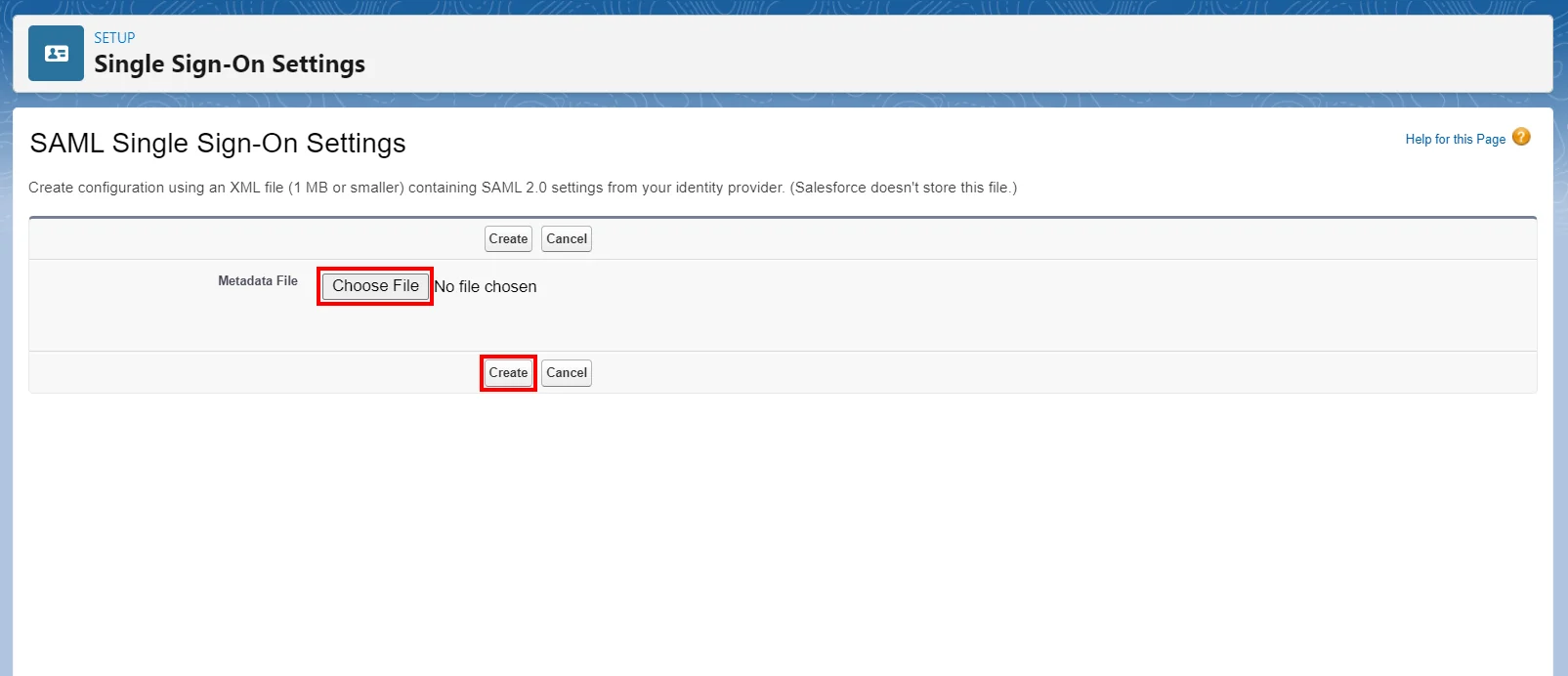
- New from Metadata URL: Import SAML 2.0 settings from miniOrange Metadata URL. This option reads the XML file at a public URL and uses it to populate as many settings as possible. To access the URL, add the URL to Remote Site Settings.
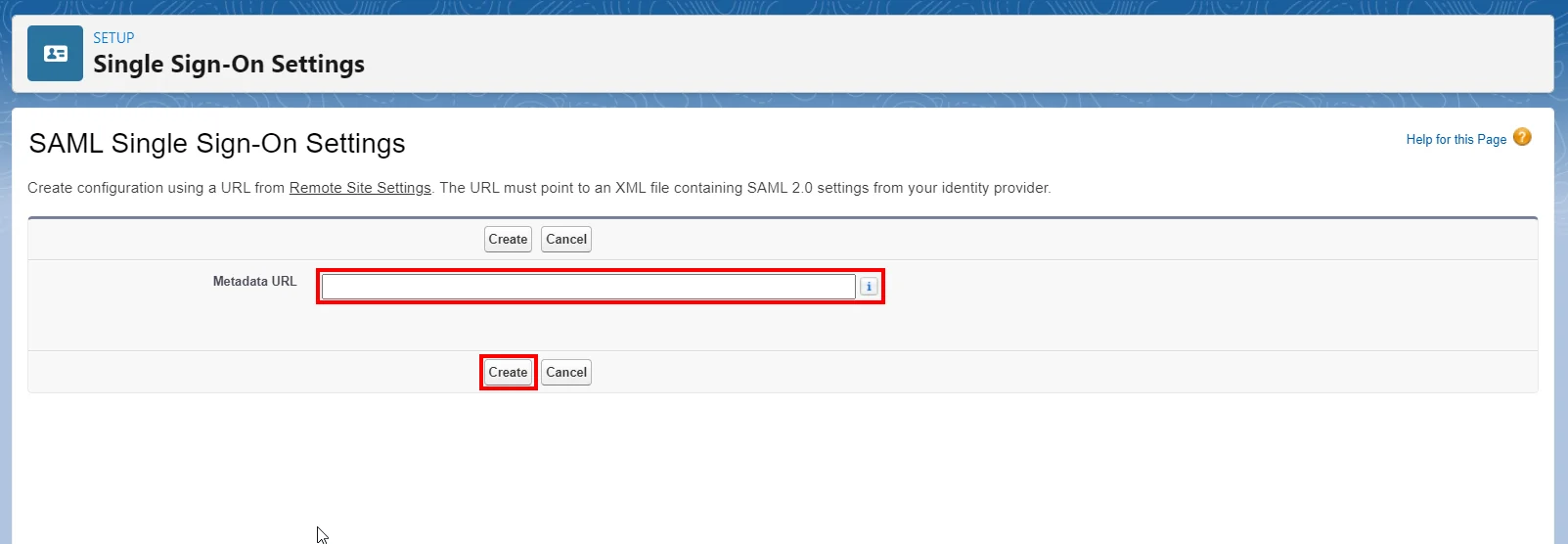
- Optionally, set up JIT provisioning. For more information, see Enable Just-in-Time user provisioning and About Just-in-Time Provisioning for SAML.
- Click Save.
3. Configure IP Restriction: Restricting access with IP Blocking
You can allow an IP Address in a certain range for SSO or you can deny it based on your requirements and you can also challenge the user to verify their authenticity. Adaptive authentication manages the user authentication based on different factors such as Device ID, Location, Time of Access, IP Address, and many more, thus improving the security and functionality of Single Sign-On.
You can configure Adaptive Authentication with IP Blocking in the following way:
- Go to Adaptive Authentication from the left navigation bar.
- Click on Add Policy tab.
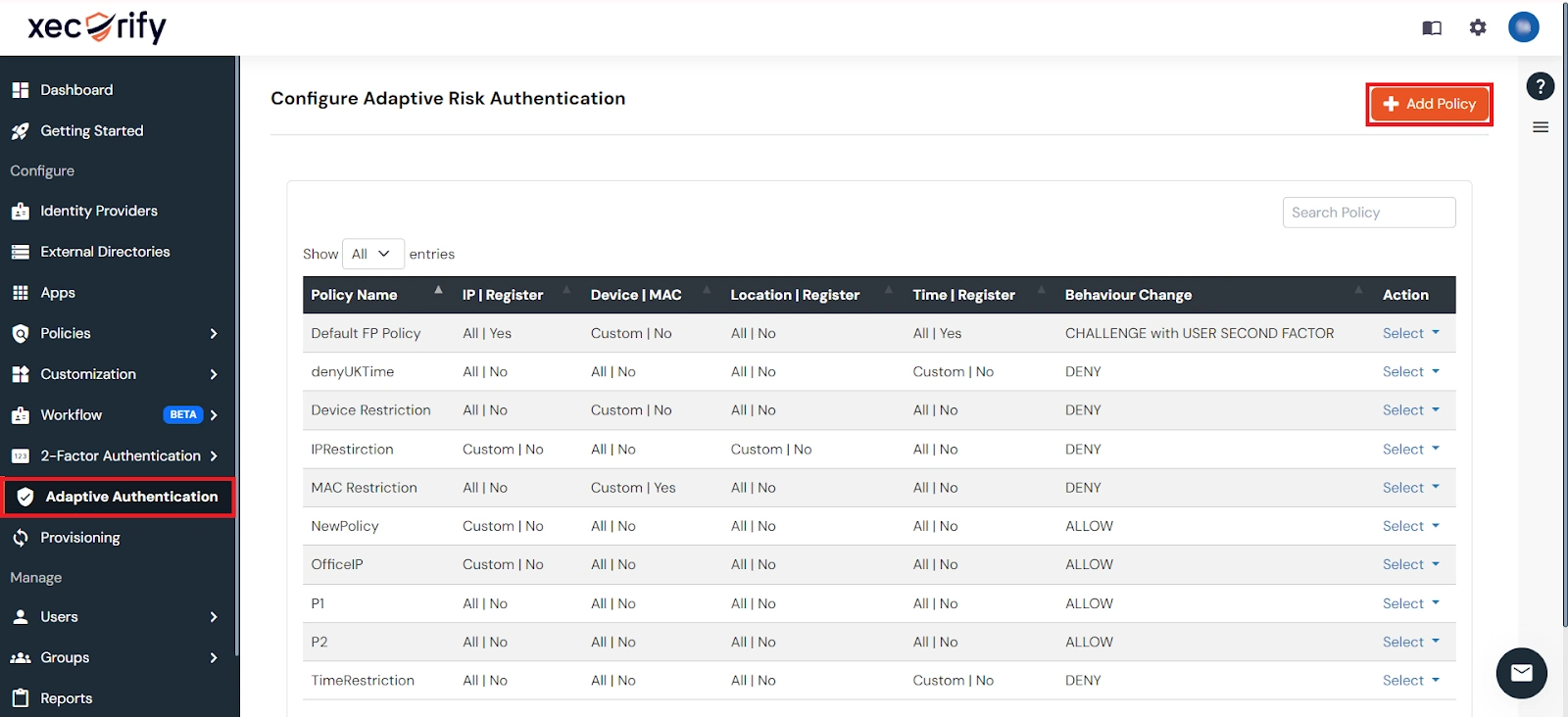
- Add a Policy Name for your Adaptive Authentication Policy.

- Click on Edit in the IP Config section to configure the custom IP range. You can add more than one IP Address ranges by clicking on the Add IP button.

- We support IP addresses range in three formats i.e. IPv4, IPv4 CIDR and IPv6 CIDR. You can choose whichever is suitable for you from the dropdown menu.

- Now, scroll down to the Action For Behaviour Change section and click on Edit. Select the action you want to perform if the IP address is out of the range. i.e. Allow, Challenge or Deny.

Action for behavior Change Options :
| Attribute |
Description |
| Allow |
Allow user to authenticate and use services if Adaptive authentication condition is true. |
| Challenge |
Challenge users with one of the three methods mentioned below for verifying user authenticity. |
| Deny |
Deny user authentications and access to services if Adaptive authentication condition is true. |
Challenge Type Options :
| Attribute |
Description |
| User second Factor |
The User needs to authenticate using the second factor he has opted or assigned for such as- OTP over SMS
- PUSH Notification
- OTP over Email
- And 12 more methods.
|
| KBA (Knowledge-based authentication) |
The System will ask user for 2 of 3 questions he has configured in his Self Service Console. Only after right answer to both questions user is allowed to proceed further. |
| OTP over Alternate Email |
User will receive a OTP on the alternate email he has configured threw Self Service Console. Once user provides the correct OTP he is allowed to proceed further. |
- Scroll to the end and click on save.
4. Enable Restriction for Salesforce
- Go to Policies >> App Login Policy from the left navigation bar.
- Click on Edit option against your selected app.
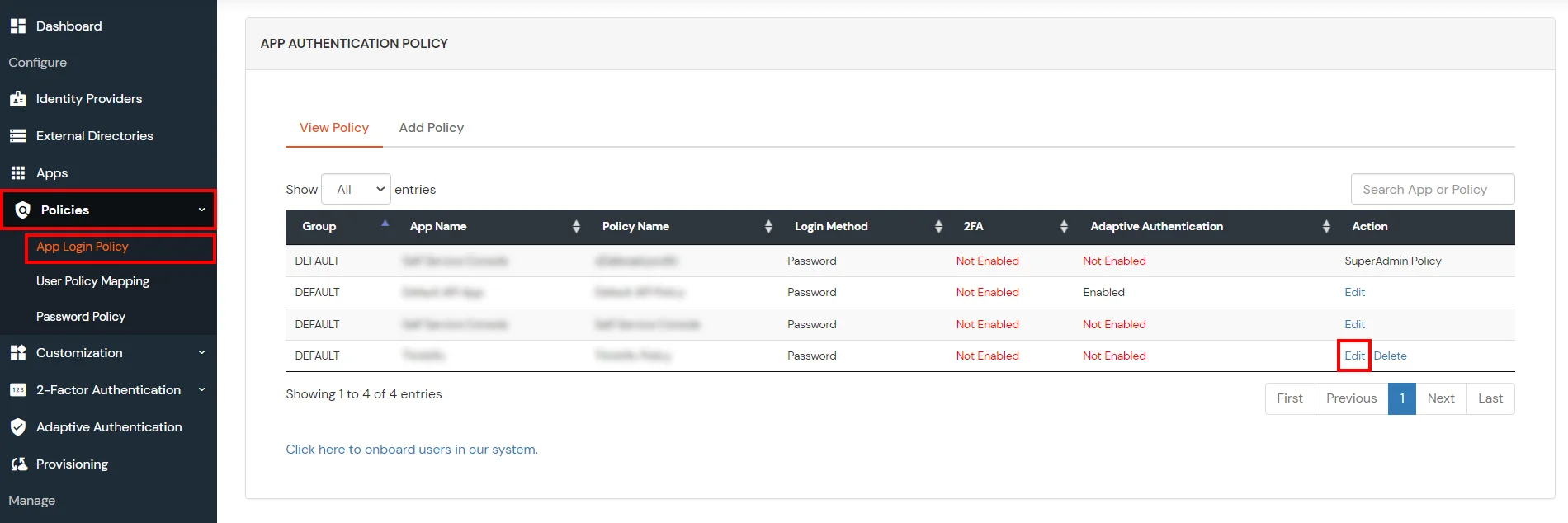
- Set your application name in the Application and select password as Login Method.
- Enable Adaptive Authentication.
- From the Select Login Policy dropdown, select the policy we created in the last step and select the required restriction method as an option.
- Click Save.
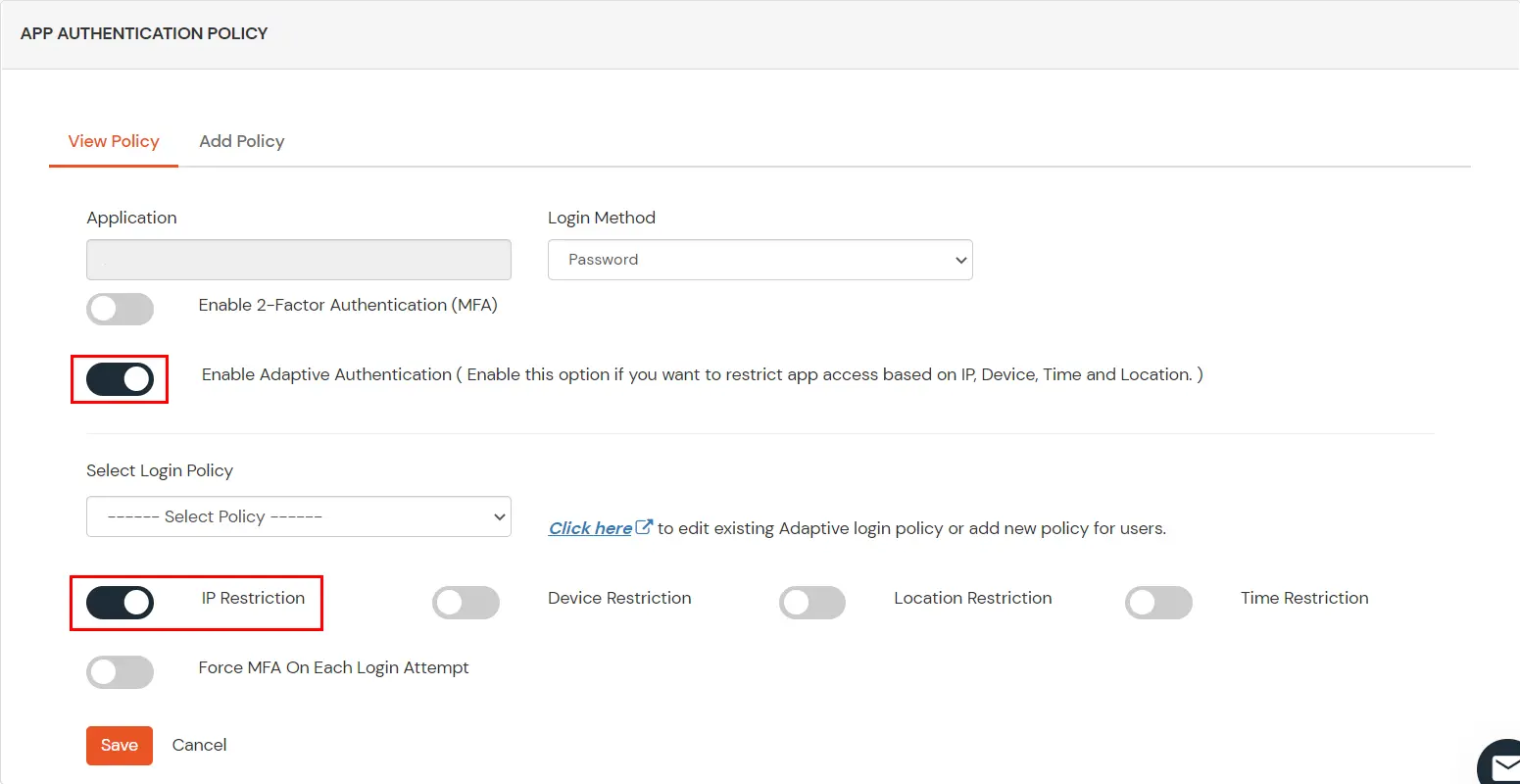
Need help to configure IP / Device / Location / Time Restriction for Salesforce?
Contact us or email us at idpsupport@xecurify.com and we'll help you setting it up in no time.
5. Configure Your User Directory (Optional)
miniOrange provides user authentication from various external sources, which can be Directories (like ADFS, Microsoft Active Directory, Microsoft Entra ID, OpenLDAP, Google, AWS Cognito etc), Identity Providers (like Okta, Shibboleth, Ping, OneLogin, KeyCloak), Databases (like MySQL, Maria DB, PostgreSQL) and many more. You can configure your existing directory/user store or add users in miniOrange.
- Click on Identity Providers >> Add Identity Provider in the left menu of the dashboard
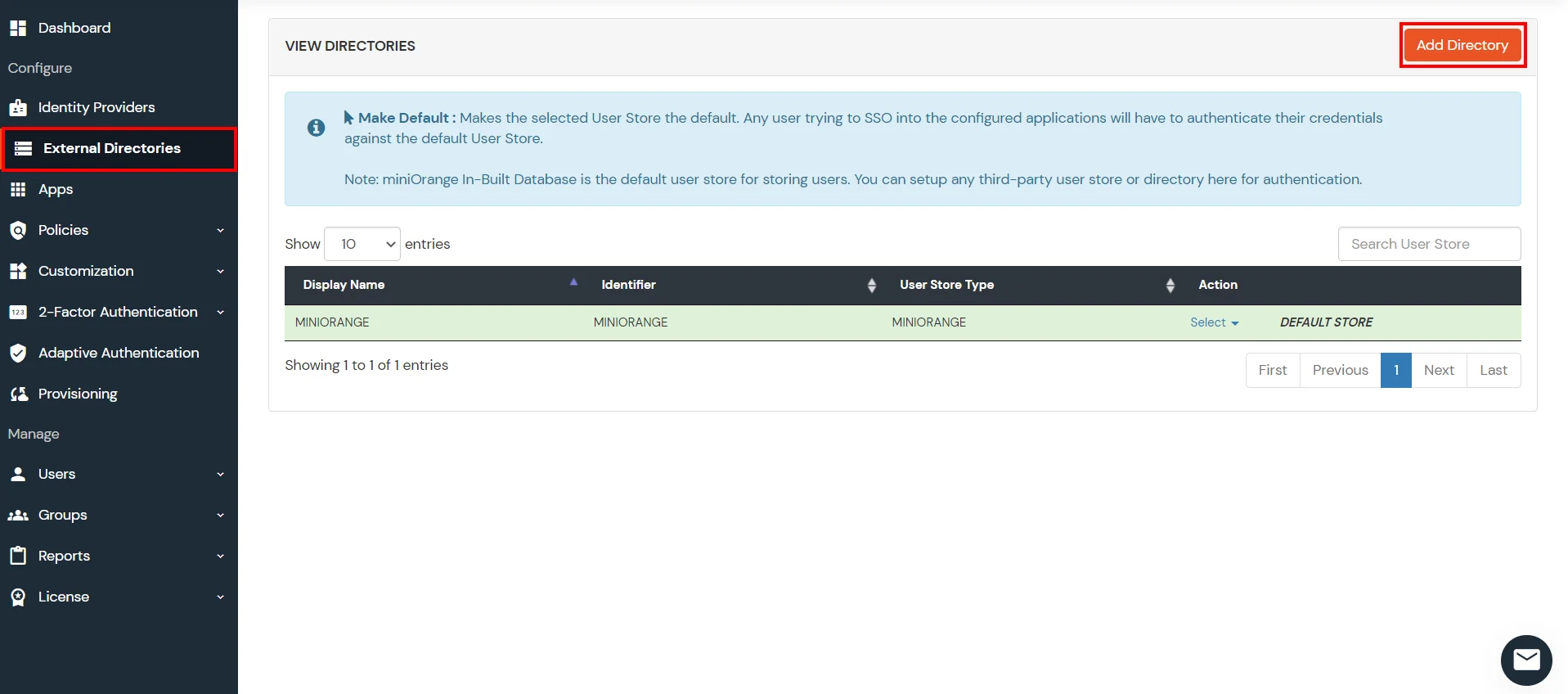
- In Choose Identity Provider, select AD/LDAP Directories from the dropdown.

- Then search for AD/LDAP and click it.
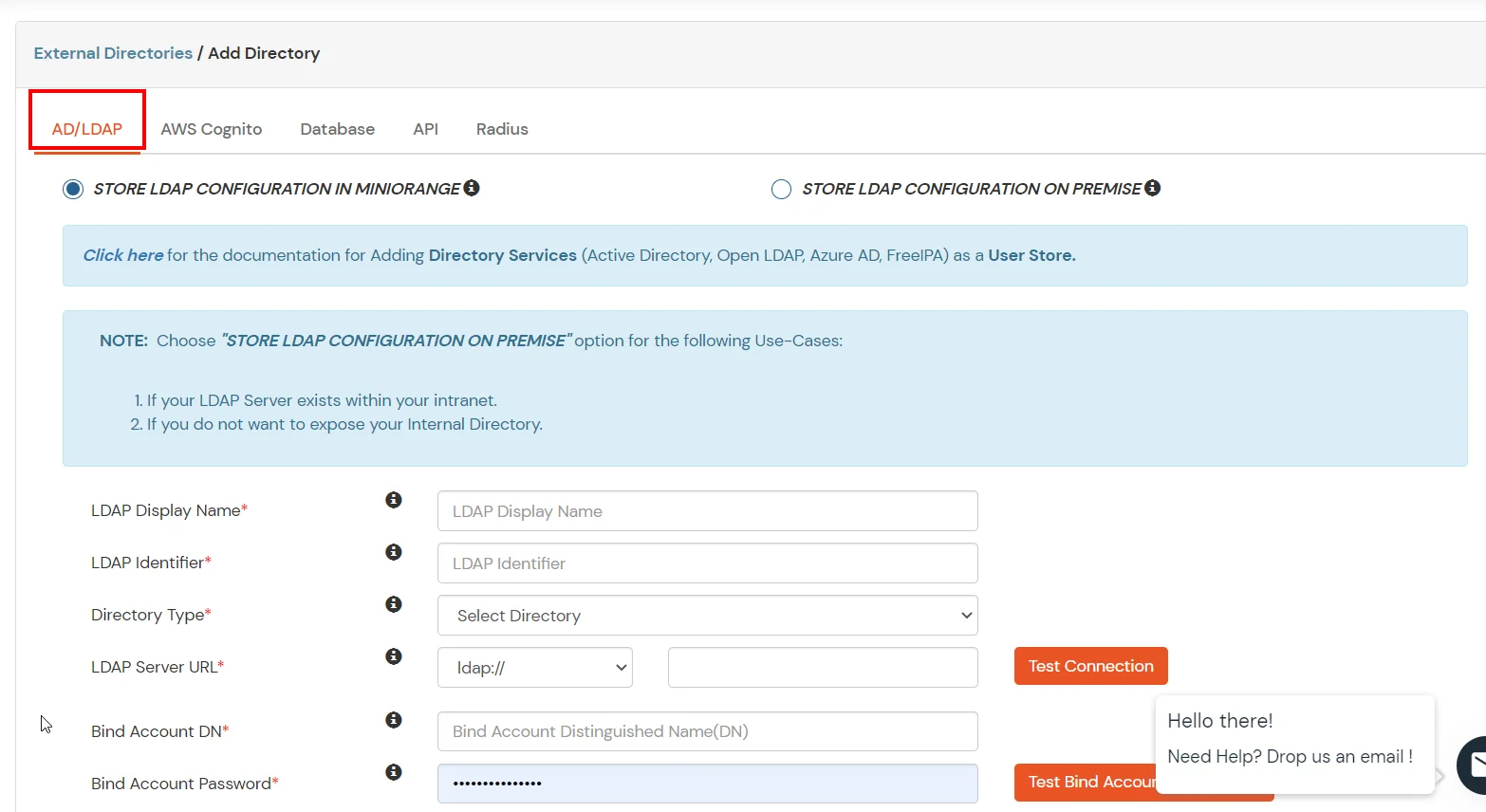
- STORE LDAP CONFIGURATION IN MINIORANGE: Choose this option if you want to keep your configuration in miniOrange. If the active directory is behind a firewall, you will need to open the firewall to allow incoming requests to your AD.
- STORE LDAP CONFIGURATION ON PREMISE: Choose this option if you want to keep your configuration in your premise and only allow access to AD inside premises. You will have to download and install miniOrange gateway on your premise.
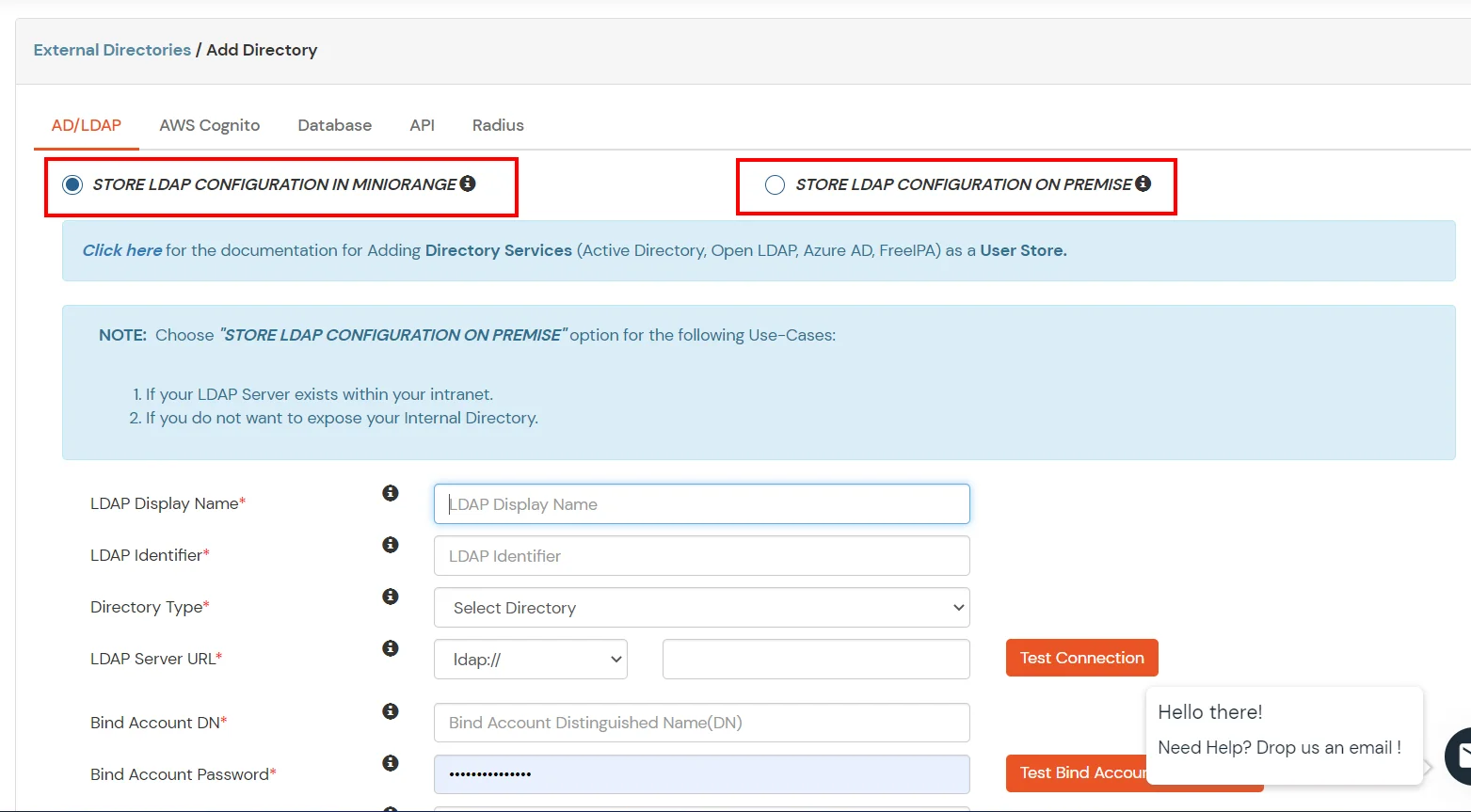
- Enter AD/LDAP Display Name and Identifier name.
- Select Directory Type as Active Directory.
- Enter the LDAP Server URL or IP Address against the LDAP Server URL field.
- Click on the Test Connection button to verify if you have made a successful connection with your LDAP server.
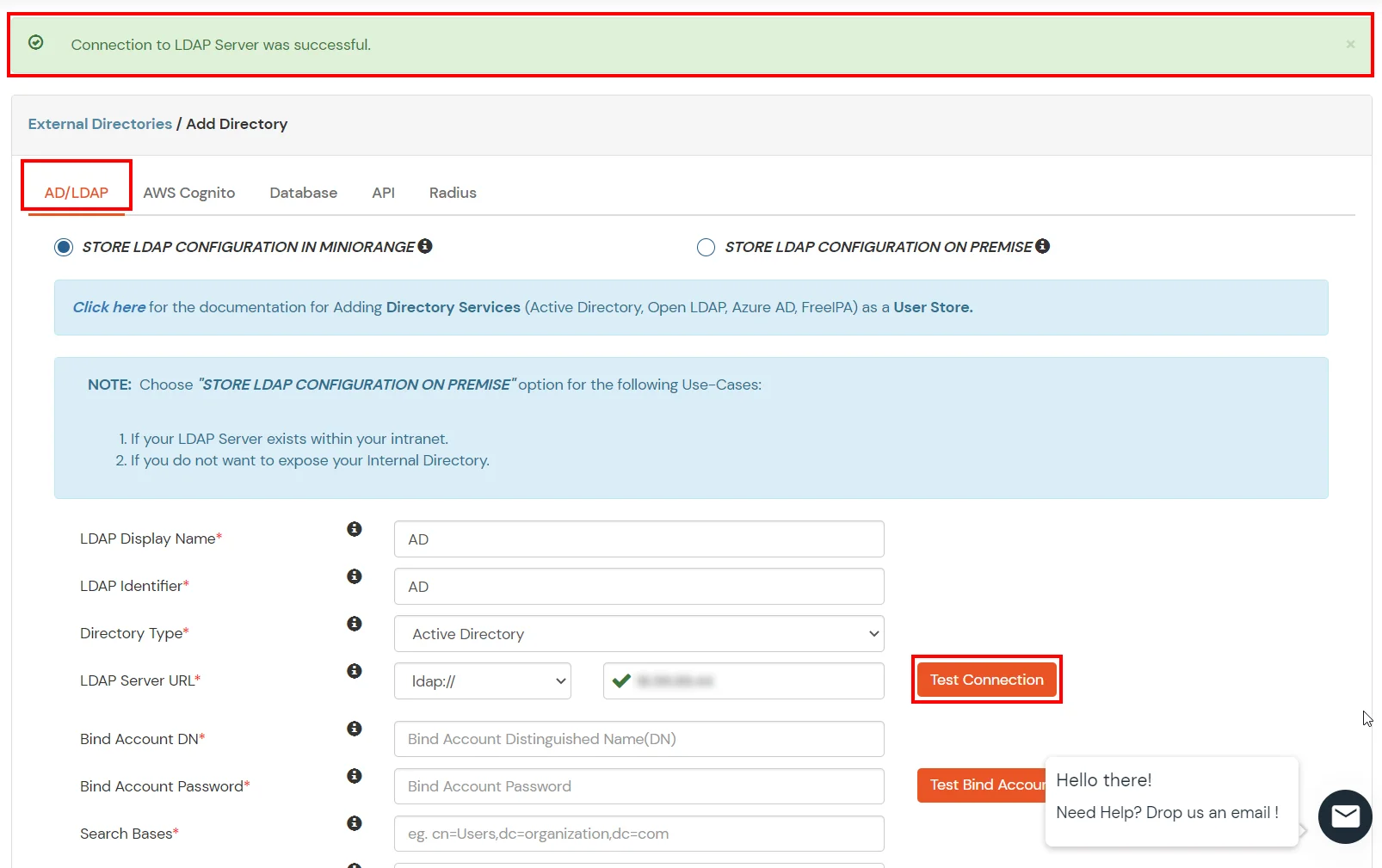
- In Active Directory, go to the properties of user containers/OU's and search for the Distinguished Name attribute. The bind account should have minimum required read privileges in Active Directory to allow directory lookups. If the use case involves provisioning (such as creating, updating, or deleting users or groups), the account must also be granted appropriate write permissions.
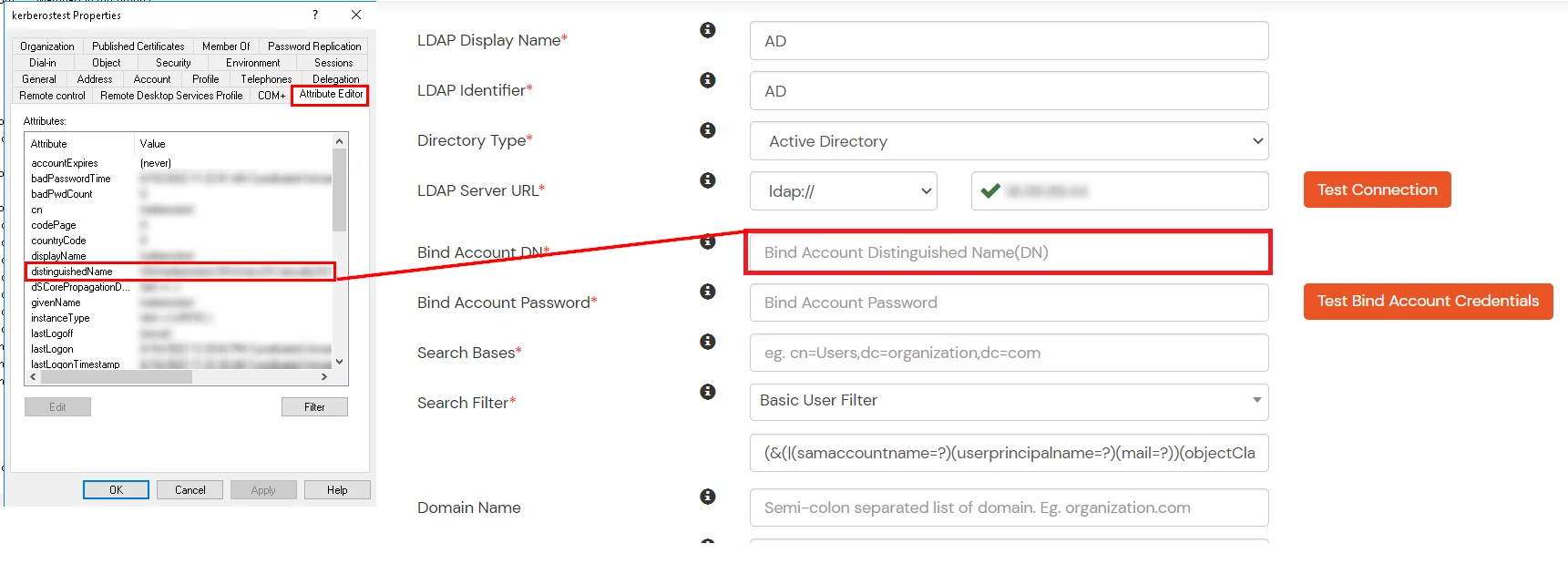
- Enter the valid Bind account Password.
- Click on the Test Bind Account Credentials button to verify your LDAP Bind credentials for LDAP connection.

- Search Base is the location in the directory where the search for a user begins. You will get this from the same place you got your Distinguished name.
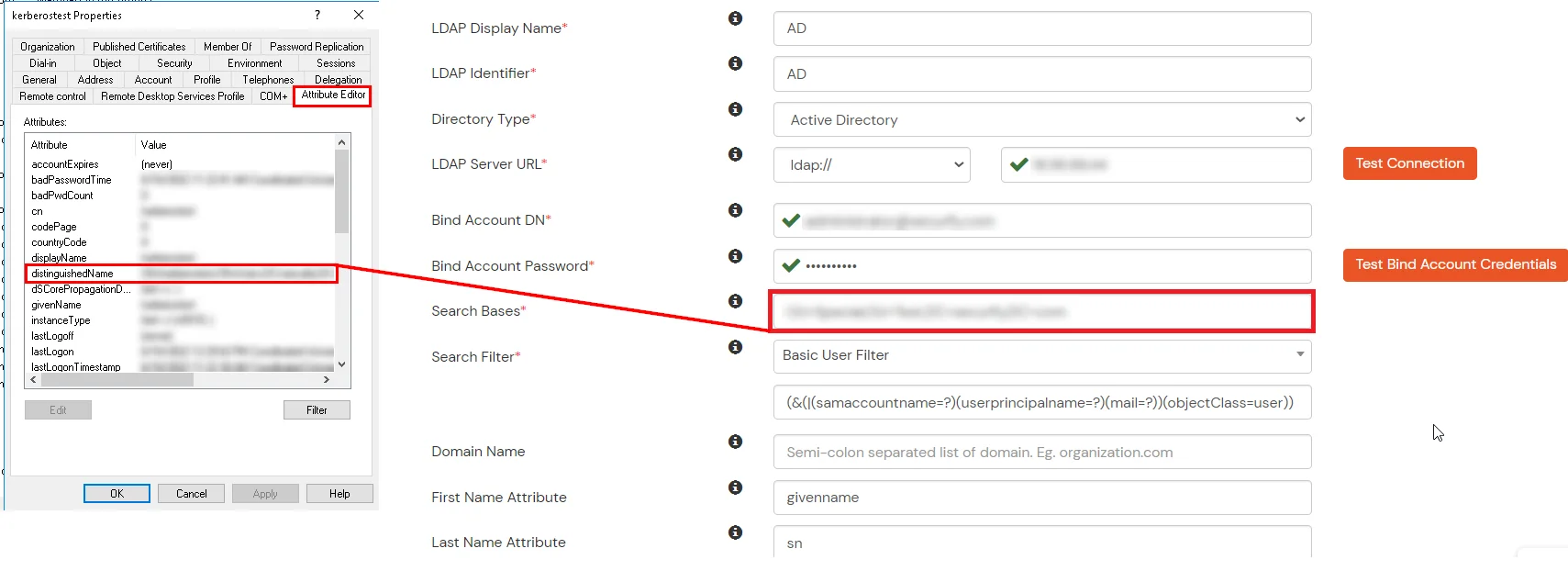
- Select a suitable Search filter from the drop-down menu. If you use User in Single Group Filter or User in Multiple Group Filter, replace the <group-dn> in the search filter with the distinguished name of the group in which your users are present. To use custom Search Filter select "Write your Custom Filter" option and customize it accordingly.
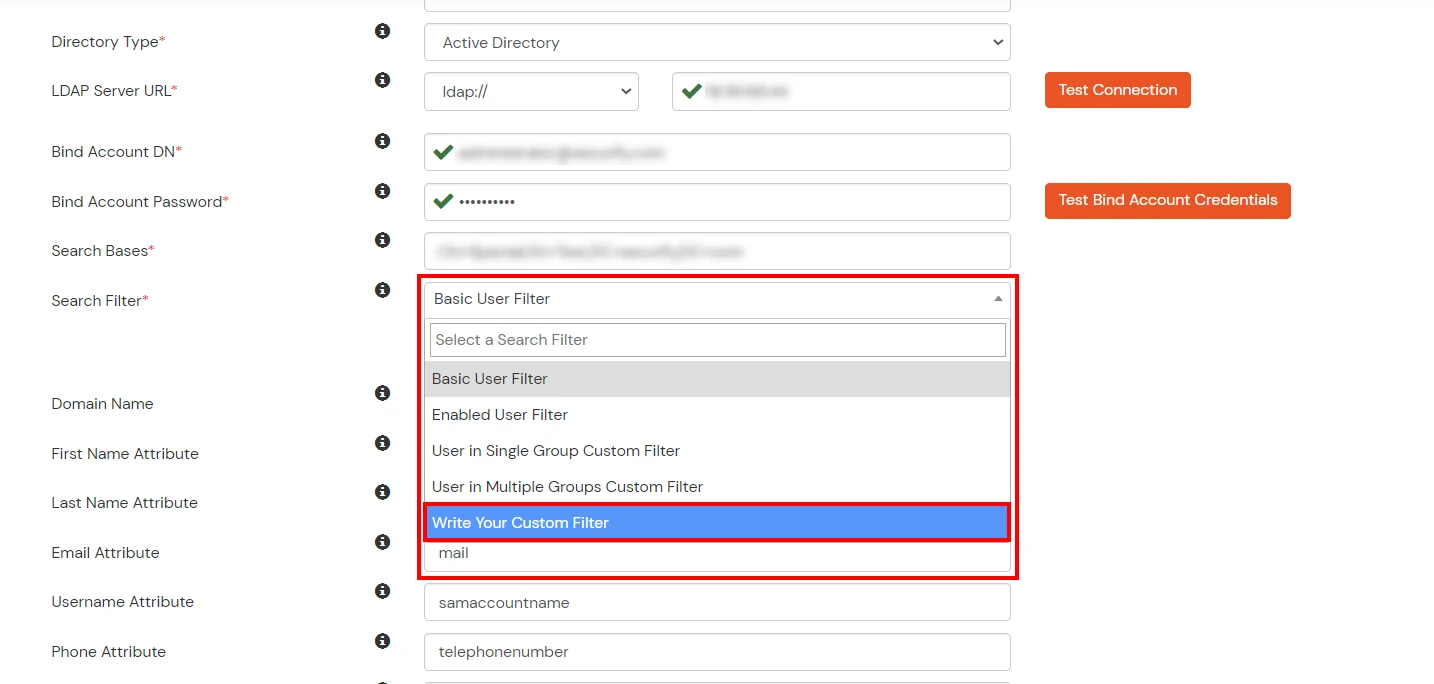
- Click on the Next button, or go to the Login Options tab.
- You can also configure following options while setting up AD. Enable Activate LDAP in order to authenticate users from AD/LDAP. Click on the Next button to add user store.
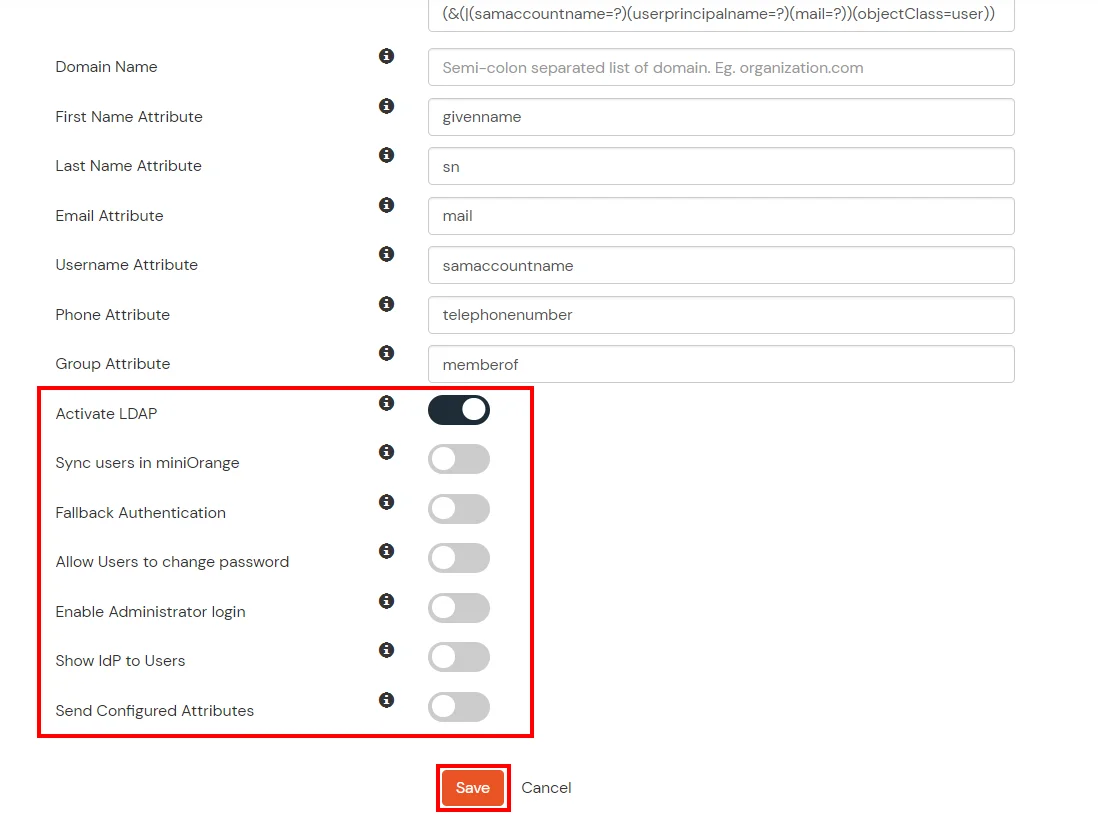
Here's the list of the attributes and what it does when we enable it. You can enable/disable accordingly.
| Attribute |
Description |
| Activate LDAP |
All user authentications will be done with LDAP credentials if you Activate it |
| Fallback Authentication |
If LDAP credentials fail then user will be authenticated through miniOrange |
| Enable administrator login |
On enabling this, your miniOrange Administrator login authenticates using your LDAP server |
| Show IdP to users |
If you enable this option, this IdP will be visible to users |
| Sync users in miniOrange |
Users will be created in miniOrange after authentication with LDAP |
- Click on the Next button, or go to the Attributes tab.
Attributes Mapping from AD
User Import and Provisioning from AD
- If you want to set up provisioning, click here for detailed information. We will skip this step for now.
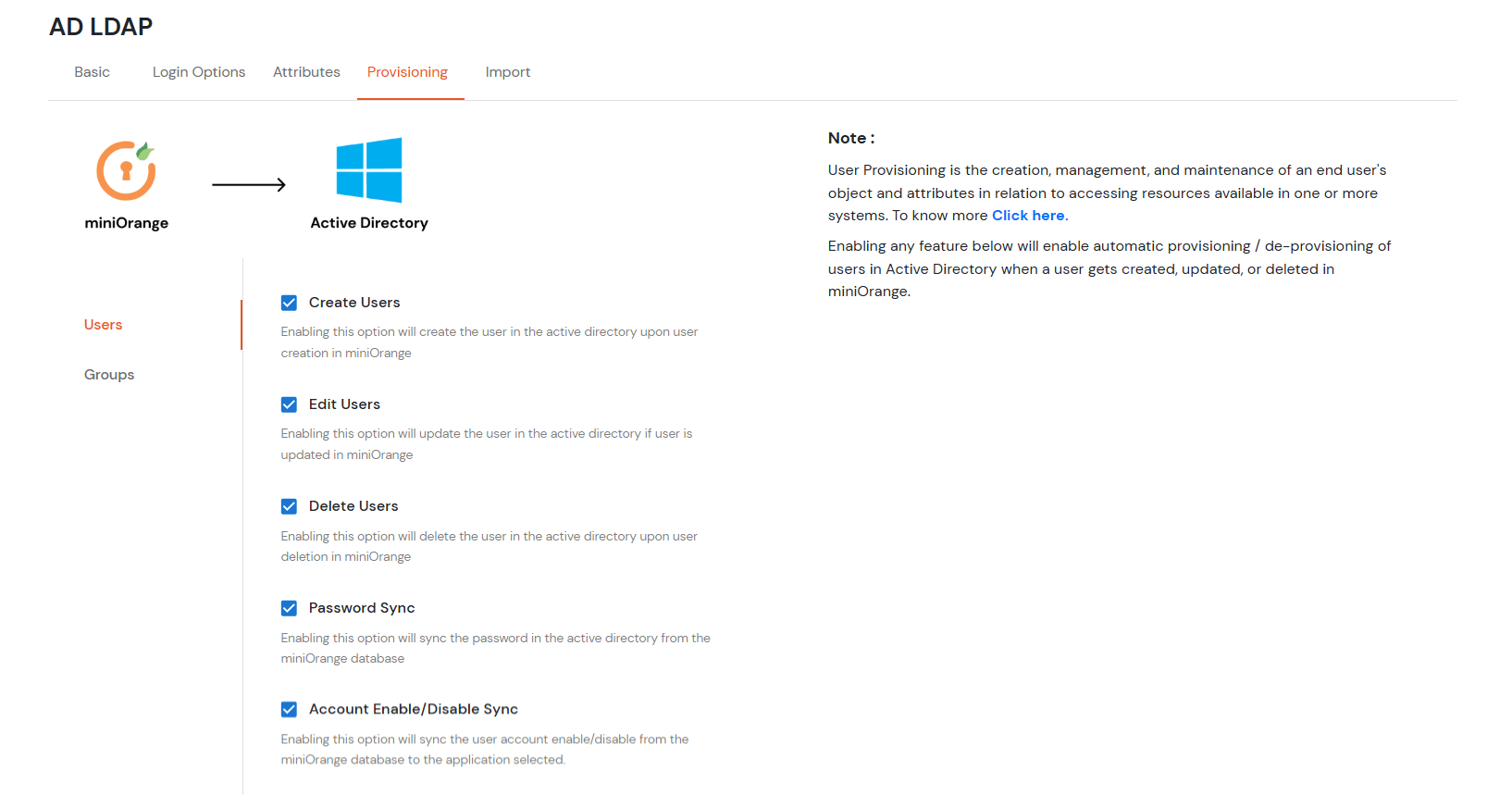
Test Connections
- You will see a list of directories under Identity Providers. From the dropdown, select AD/LDAP Directories, search for your configured directory, click the three dots next to it, and select Test Connection.
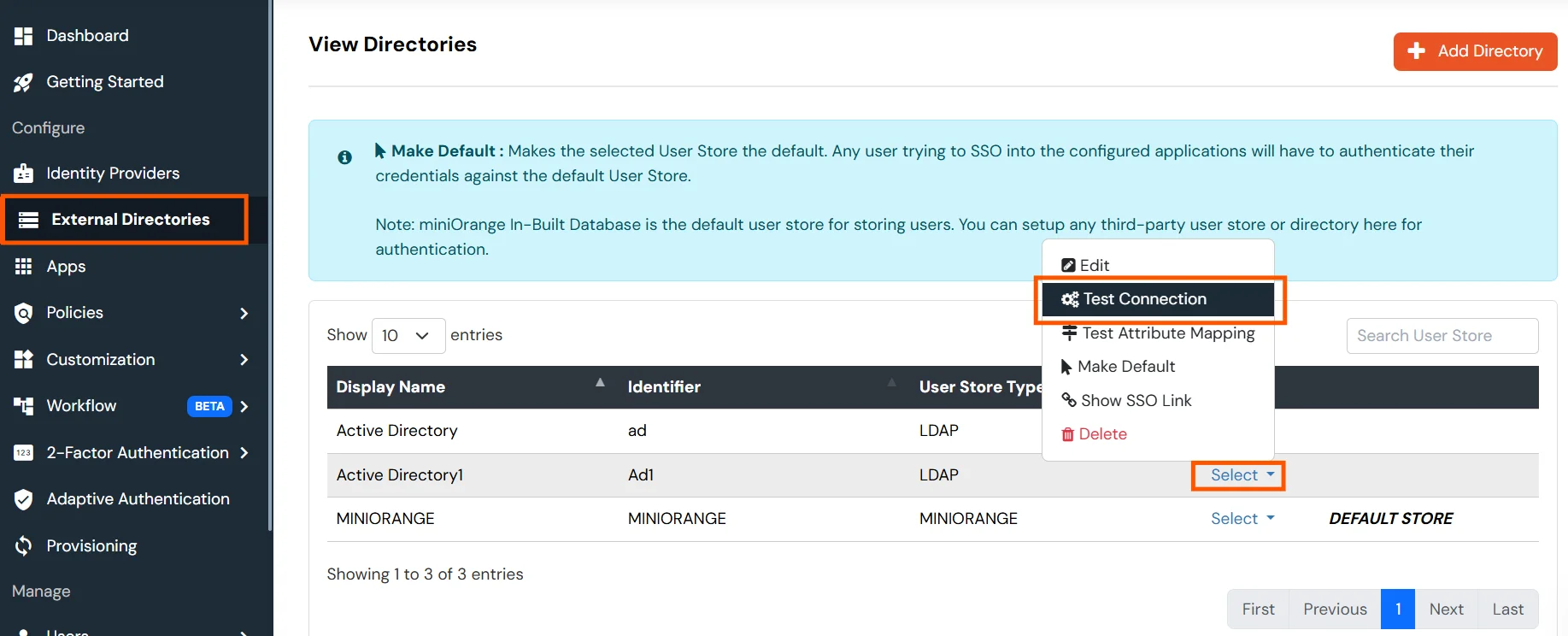
- A pop-up appears prompting you to enter a username and password to verify your LDAP configuration.

- On Successful connection with LDAP Server, a success message is shown.

Test Attribute Mapping
- You will see a list of directories under Identity Providers. From the dropdown, select AD/LDAP Directories, search for your configured directory, click the three dots next to it, and select Test Attribute Mapping.
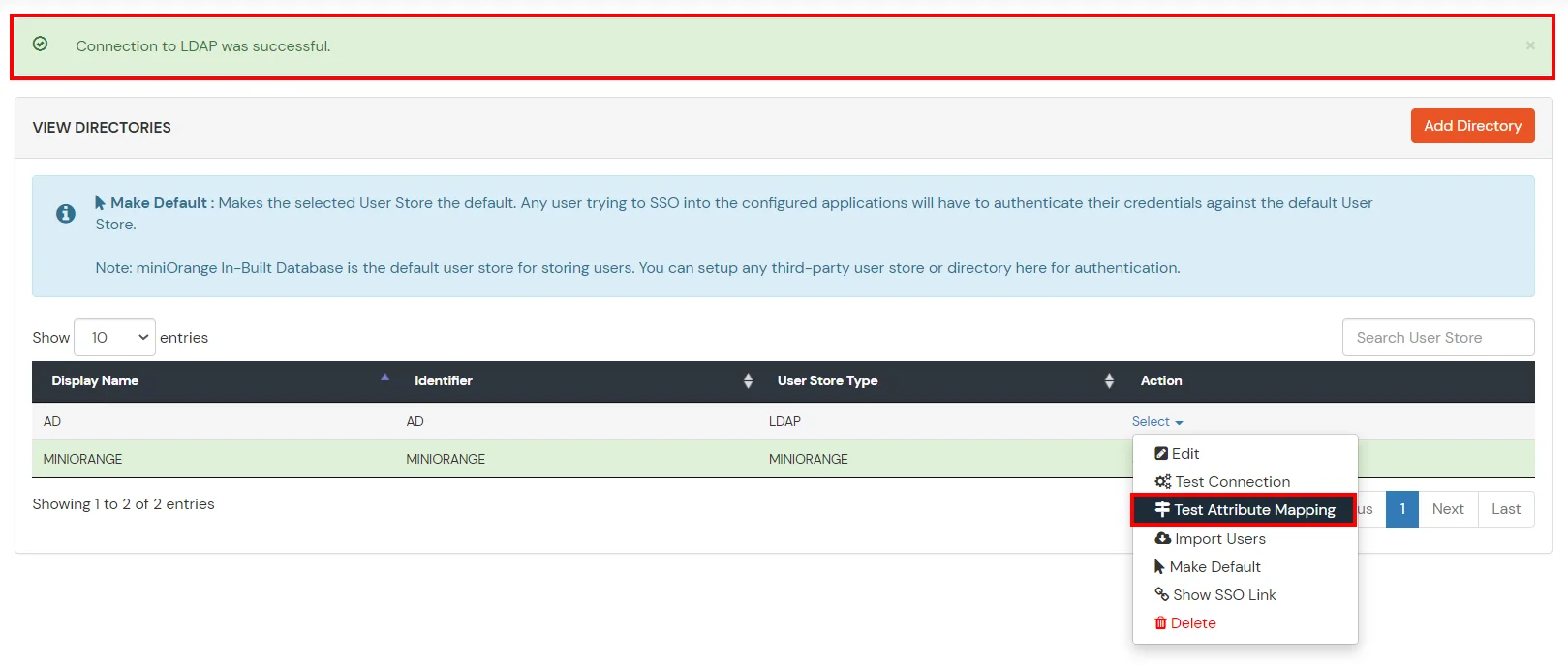
- A pop‑up appears to enter a username and click Test.

- The Test Attribute Mapping Result will be displayed.
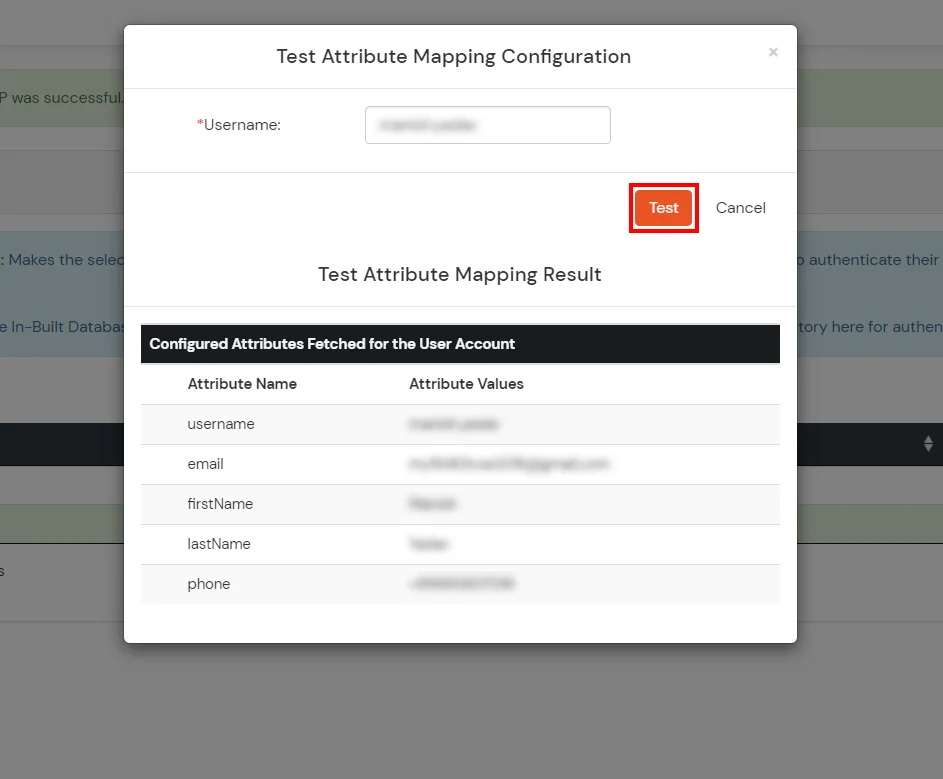
Set up AD as External Directory configuration is complete.
Note: Refer our guide to setup LDAP on windows server.
miniOrange integrates with various external user sources such as directories, identity providers, and etc.
External References





